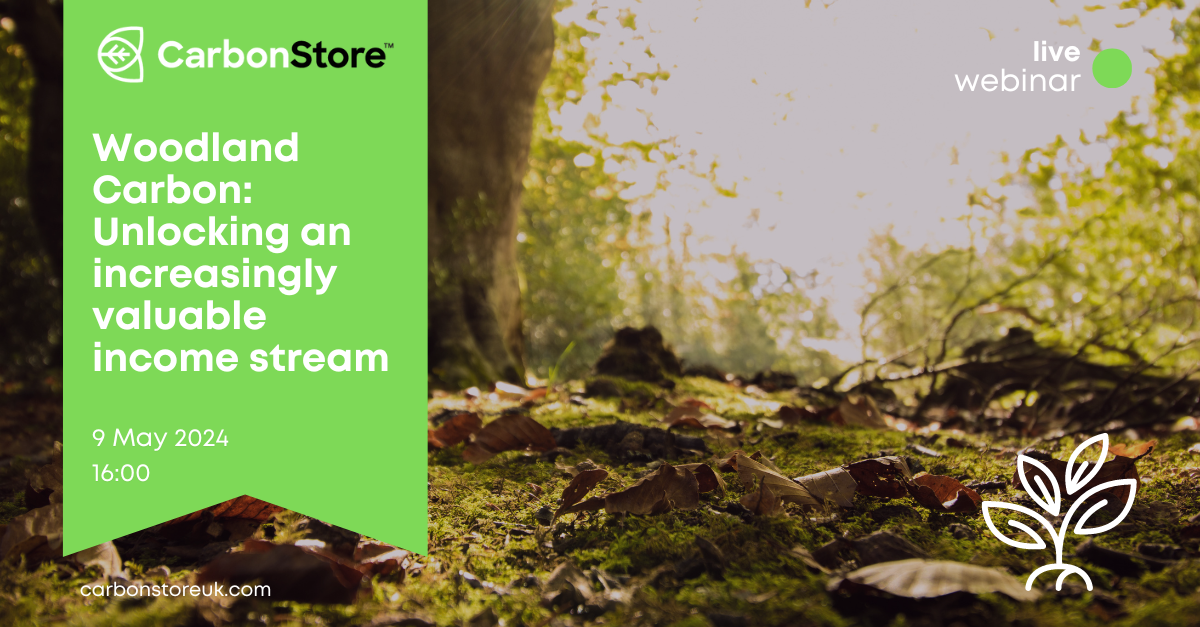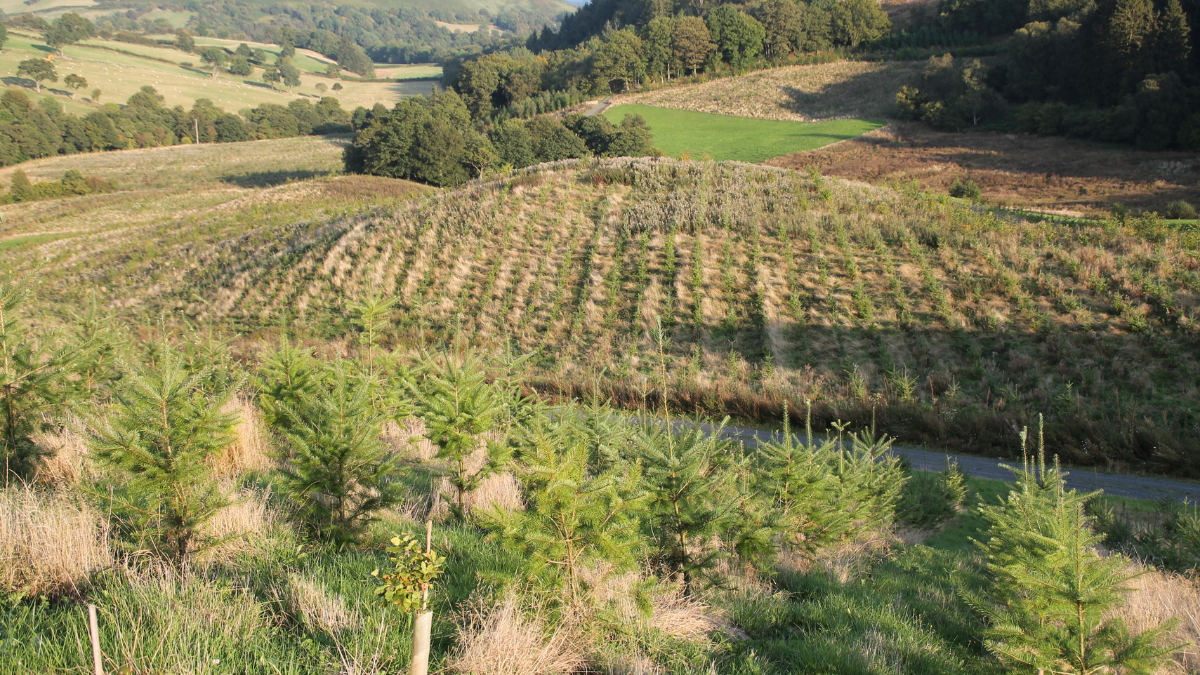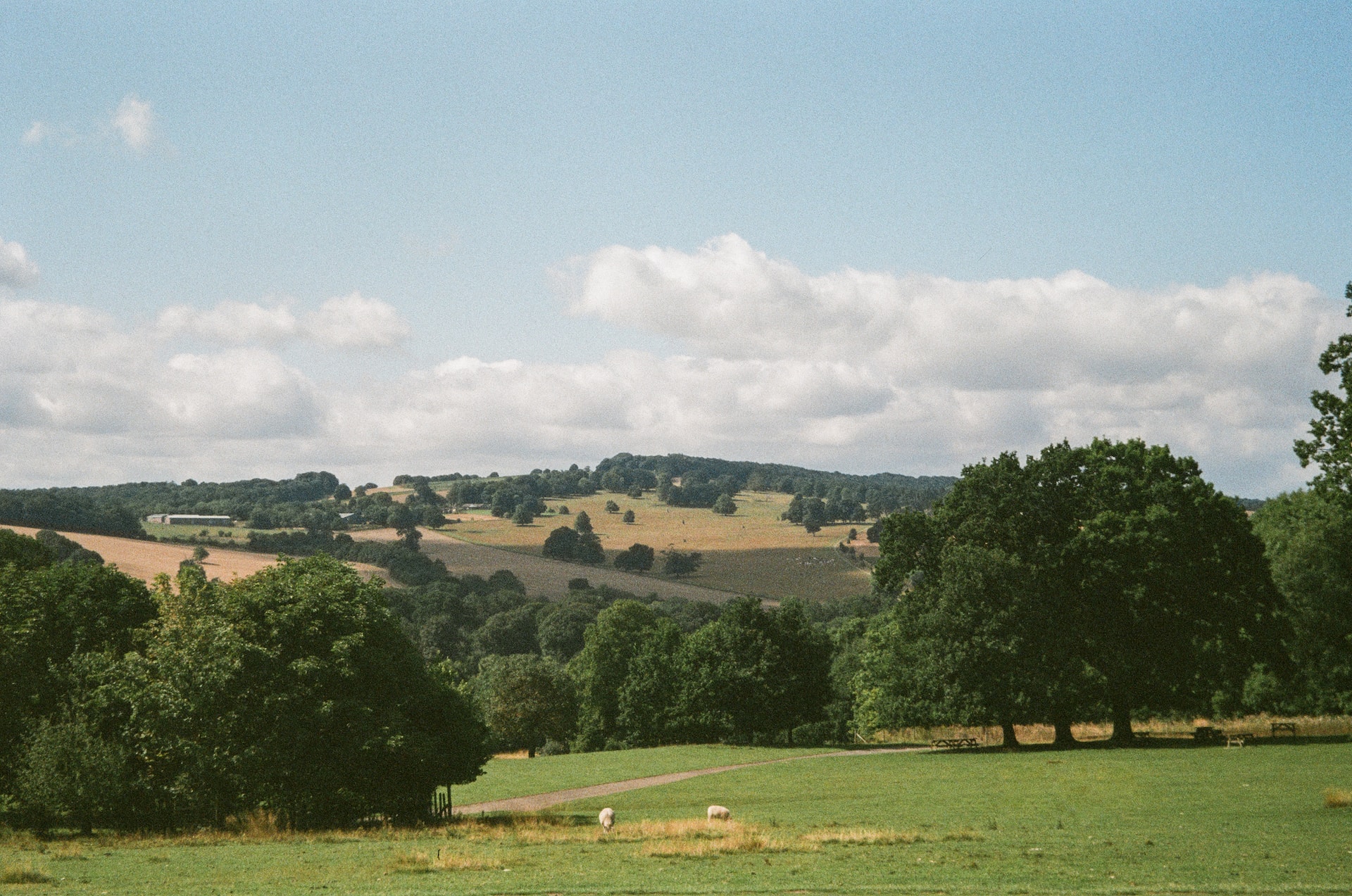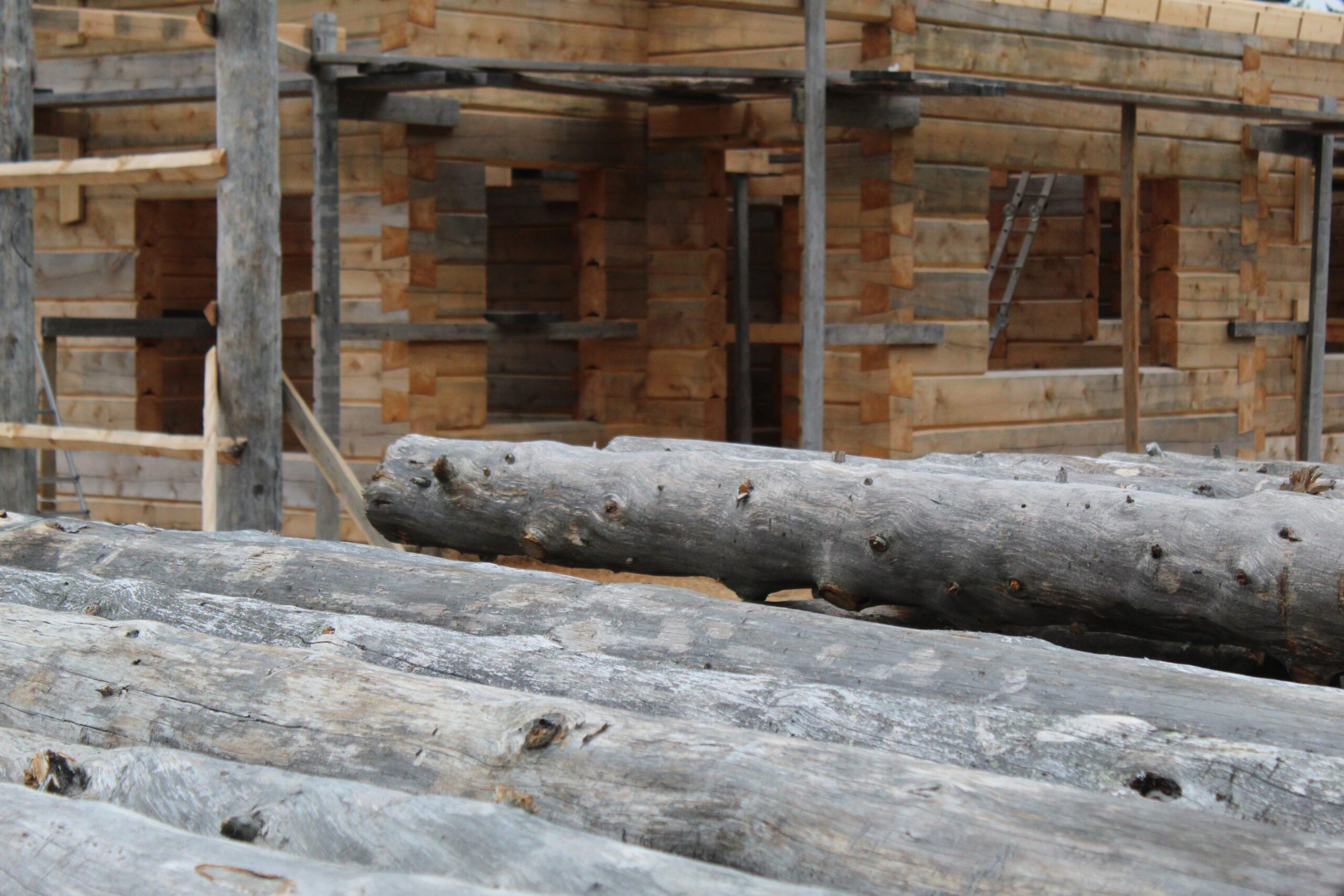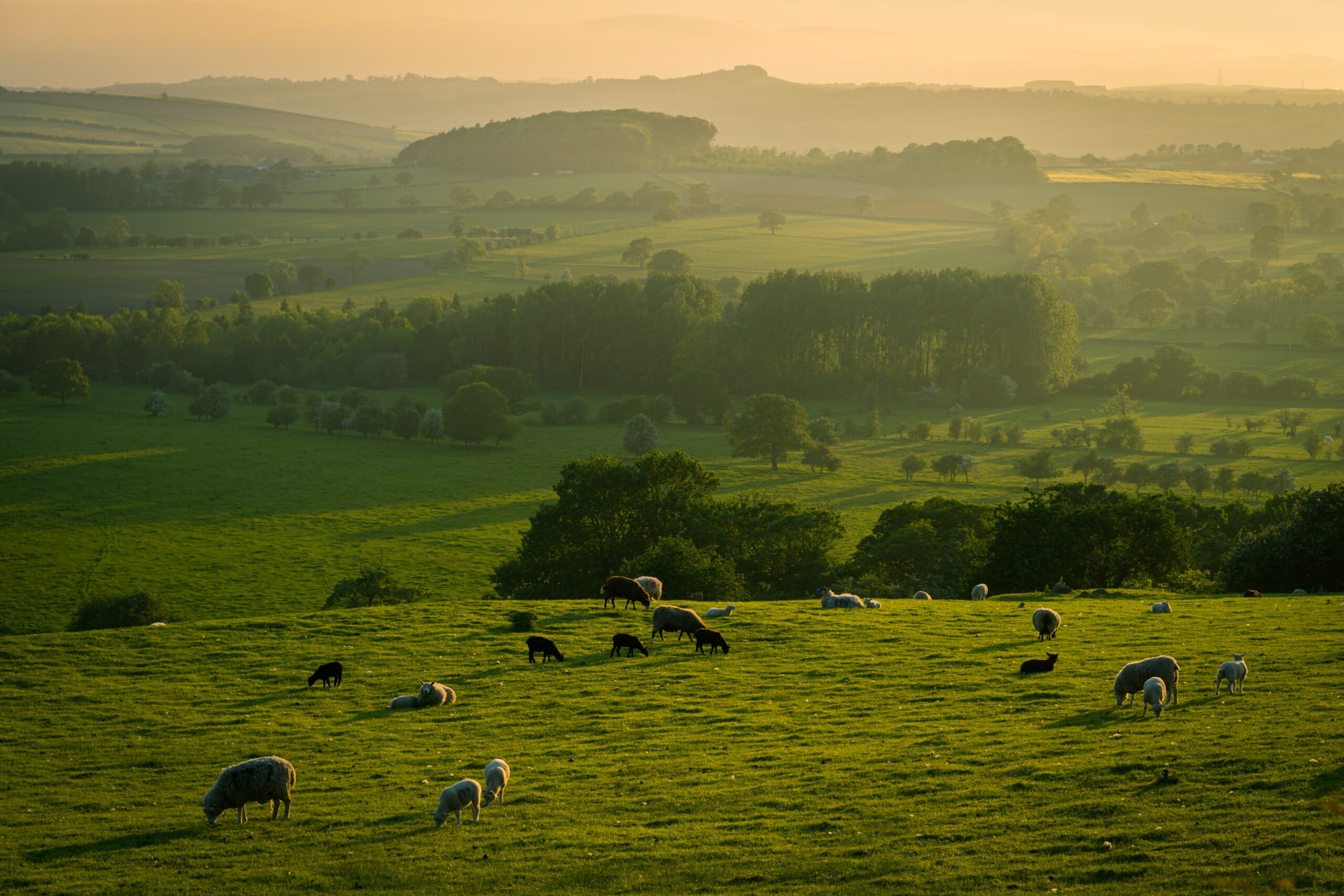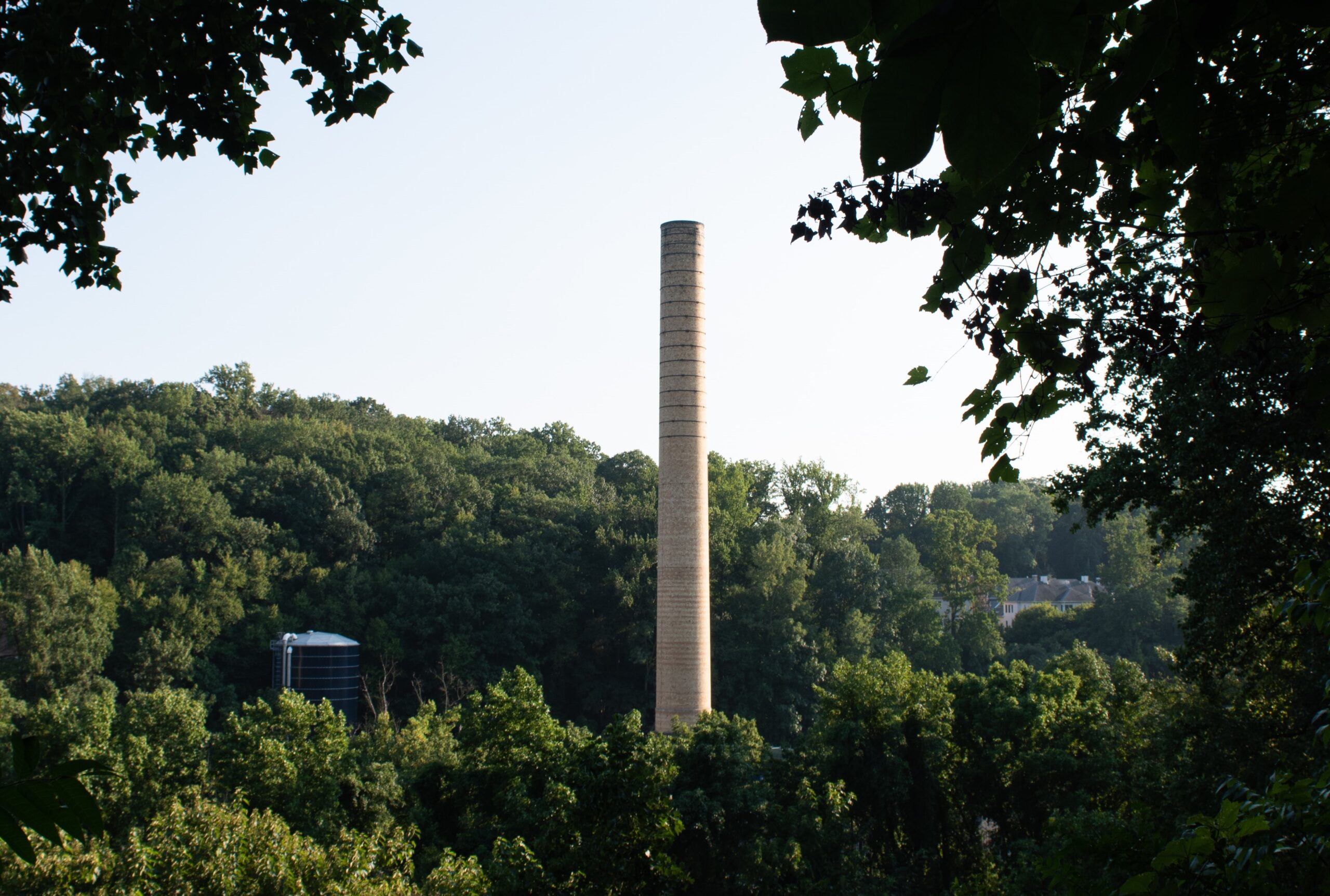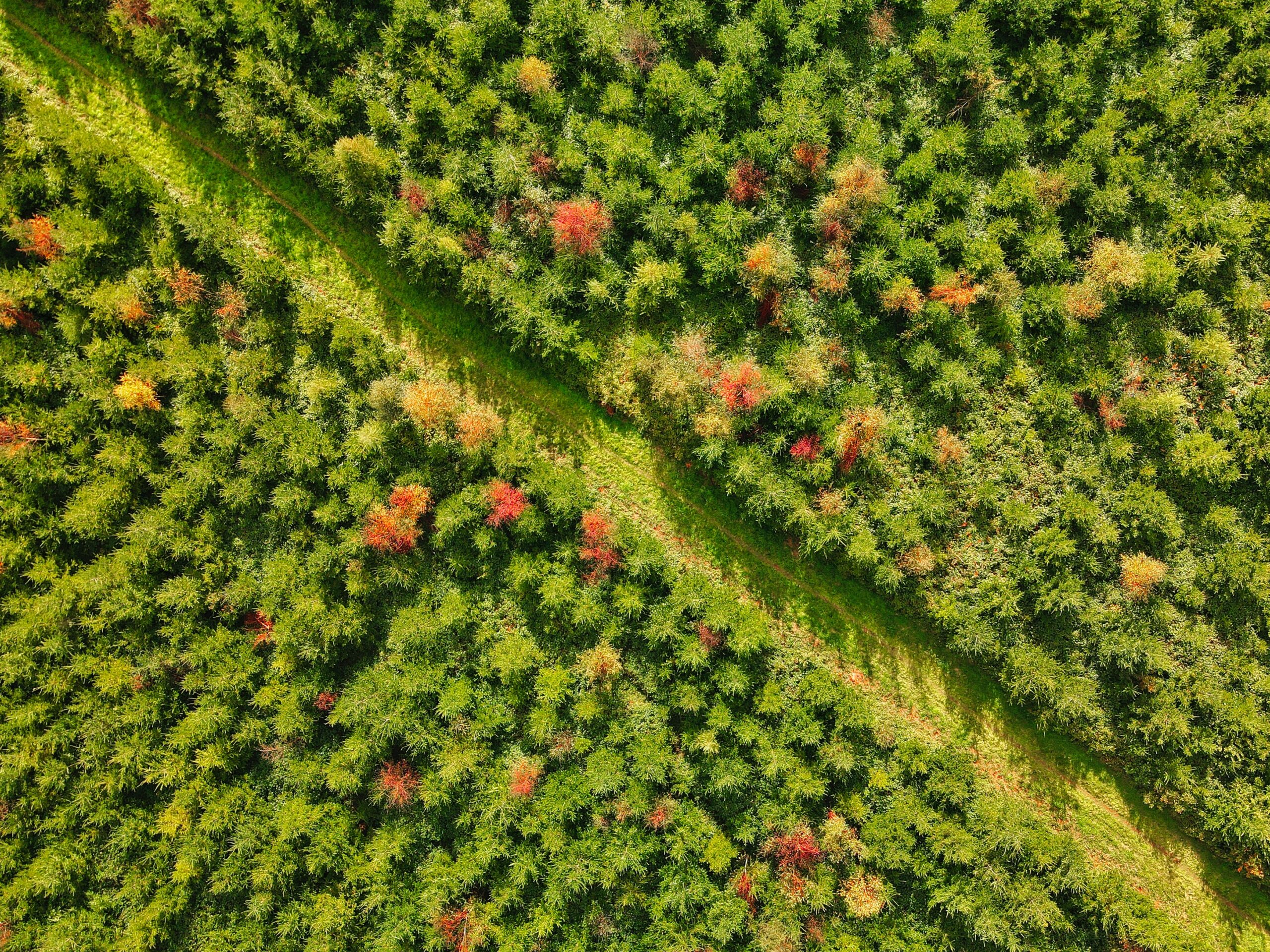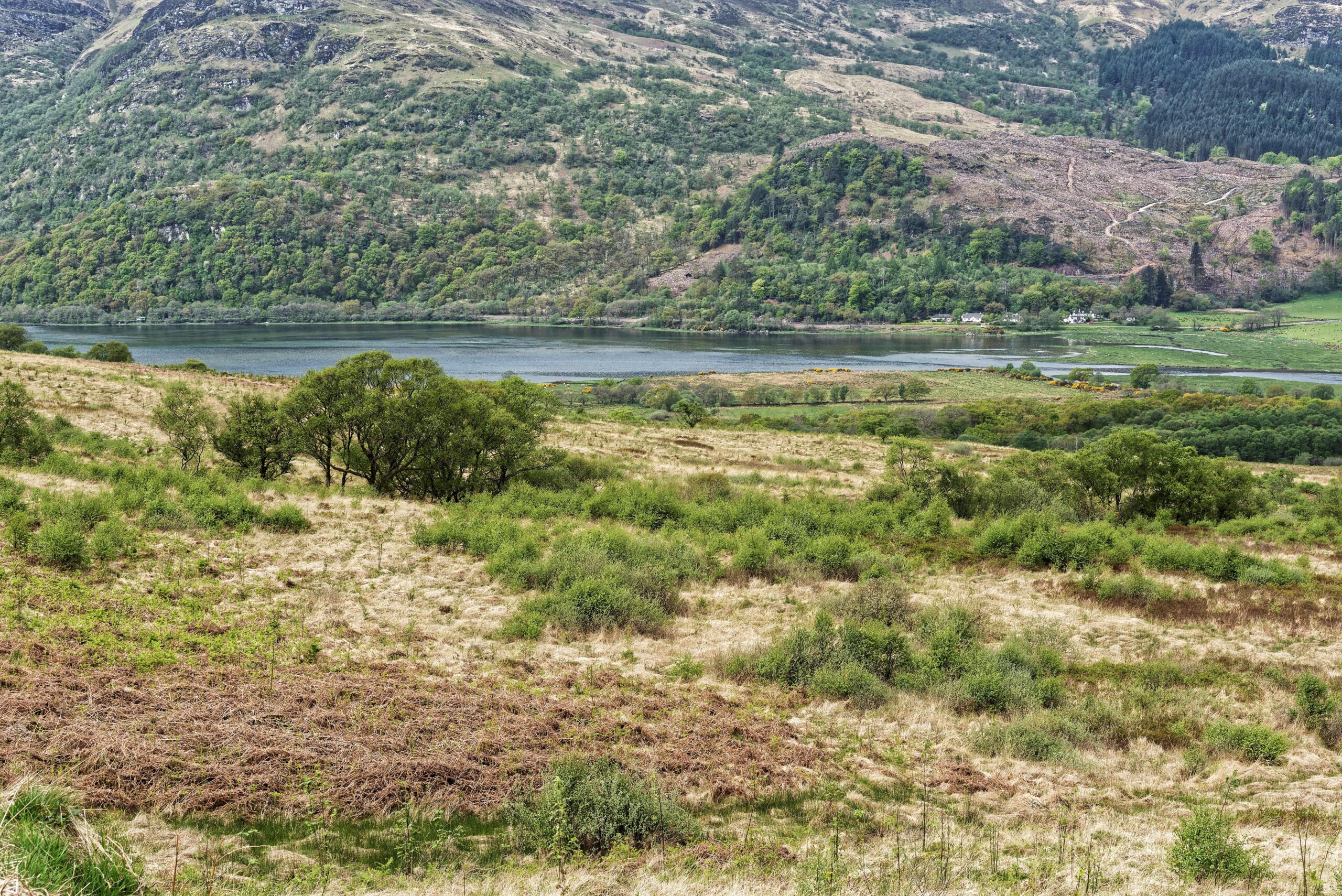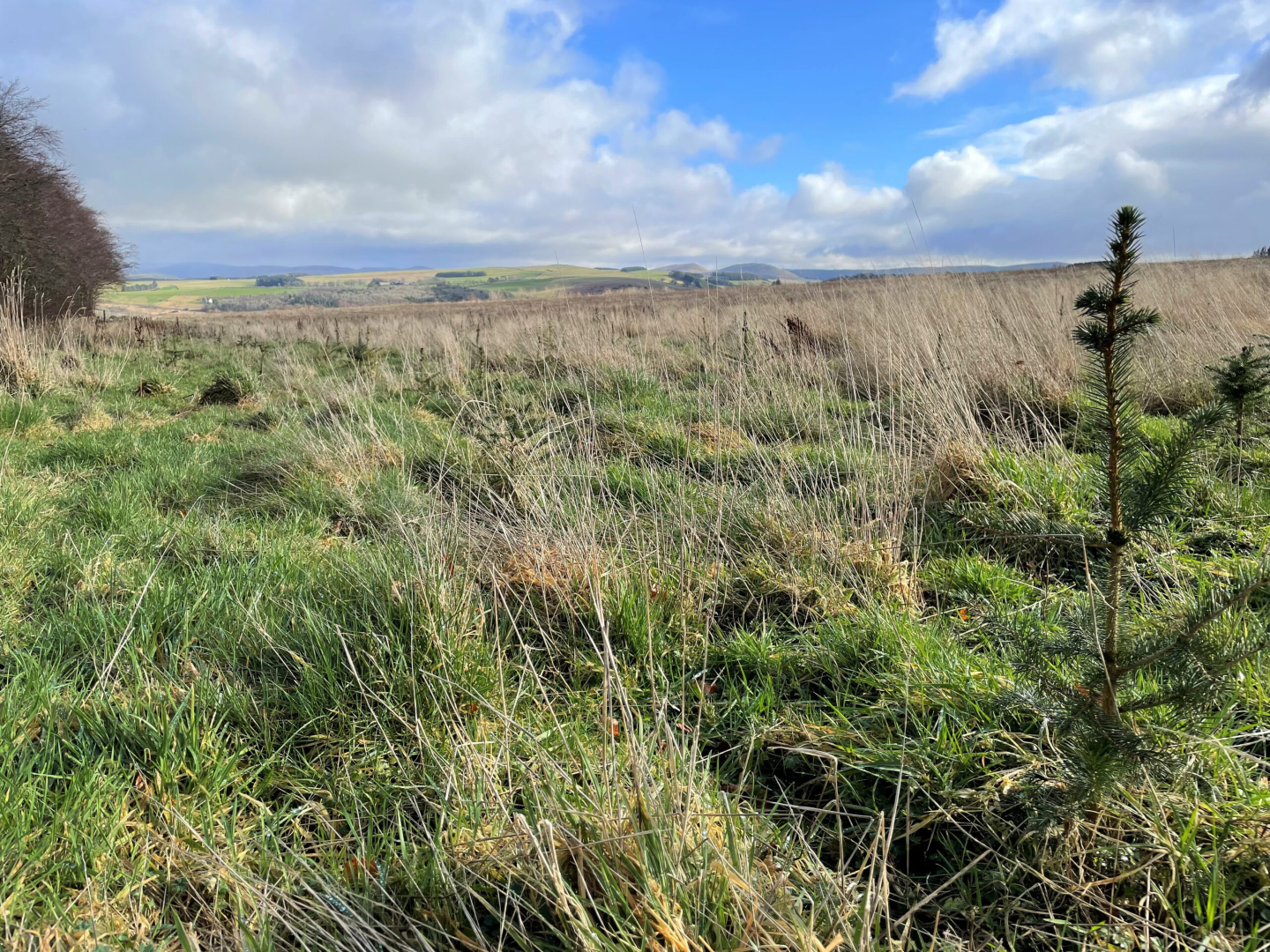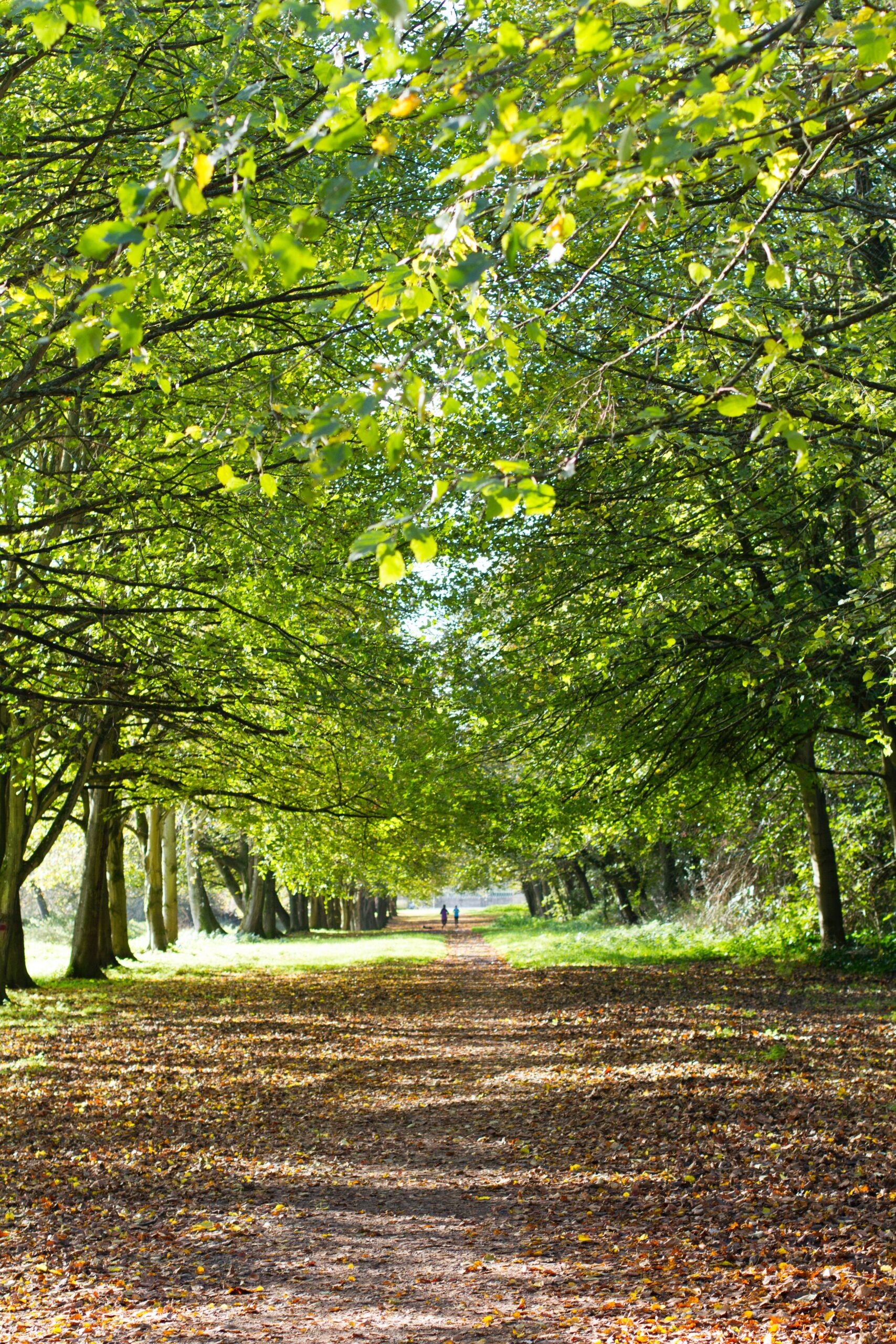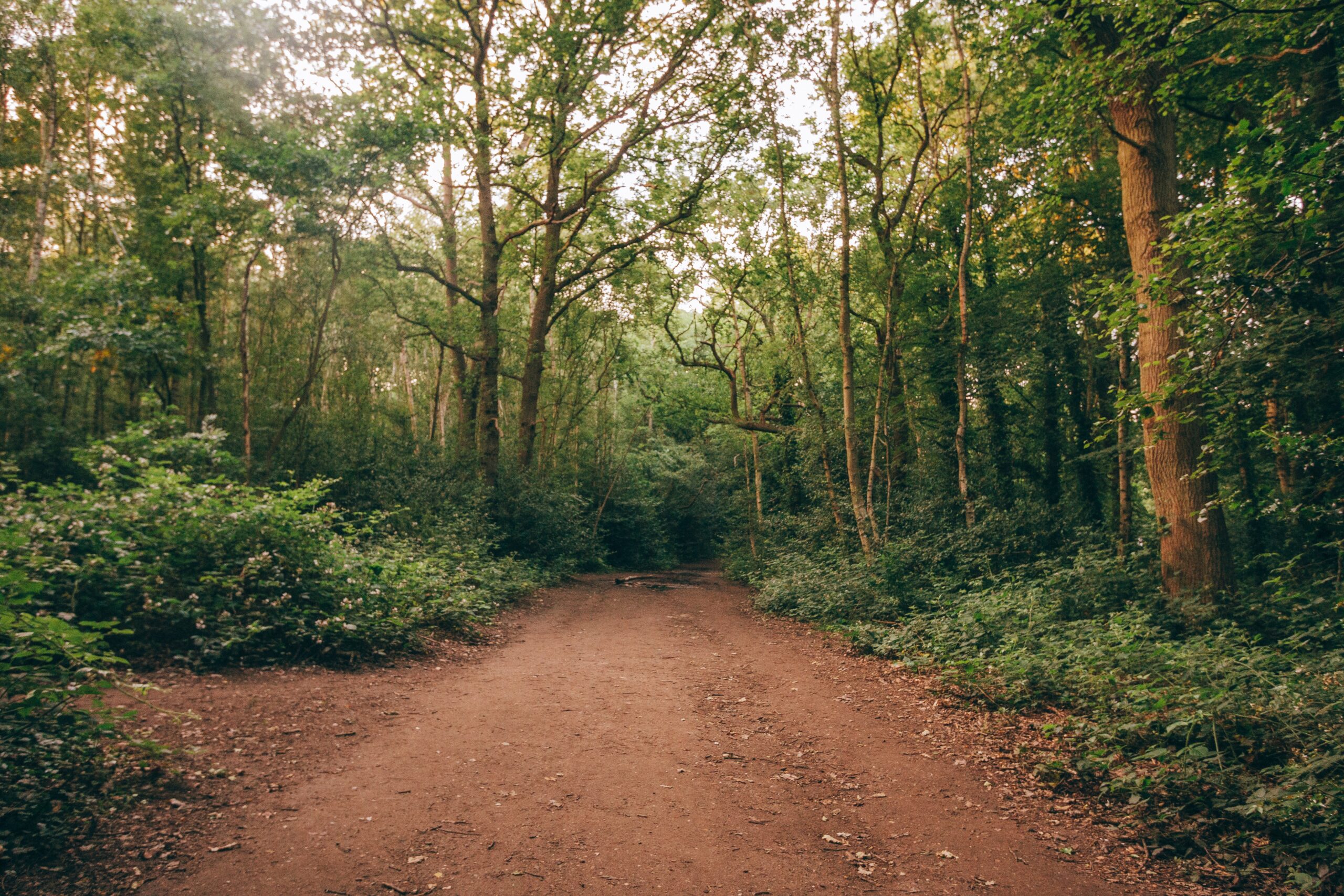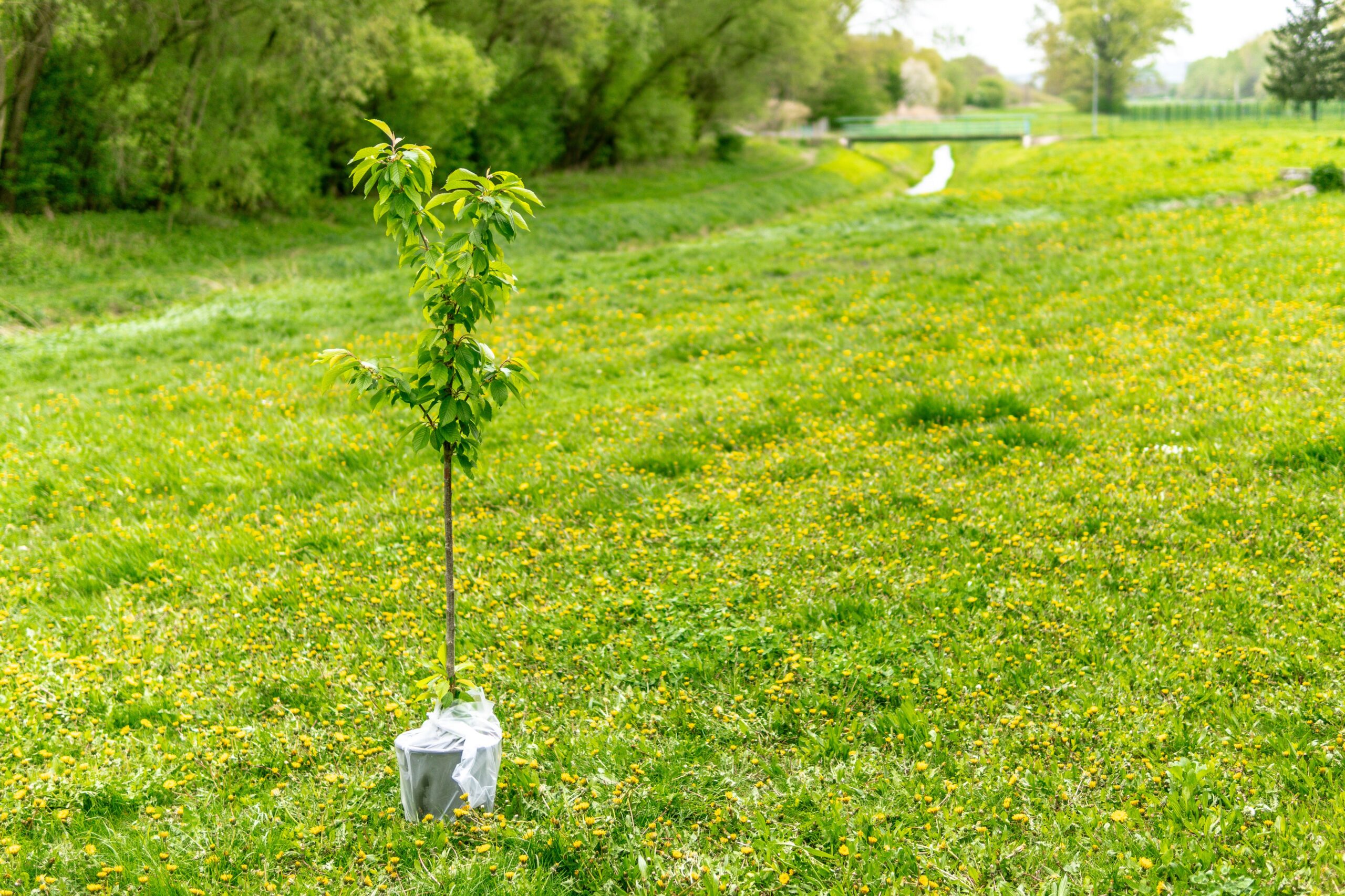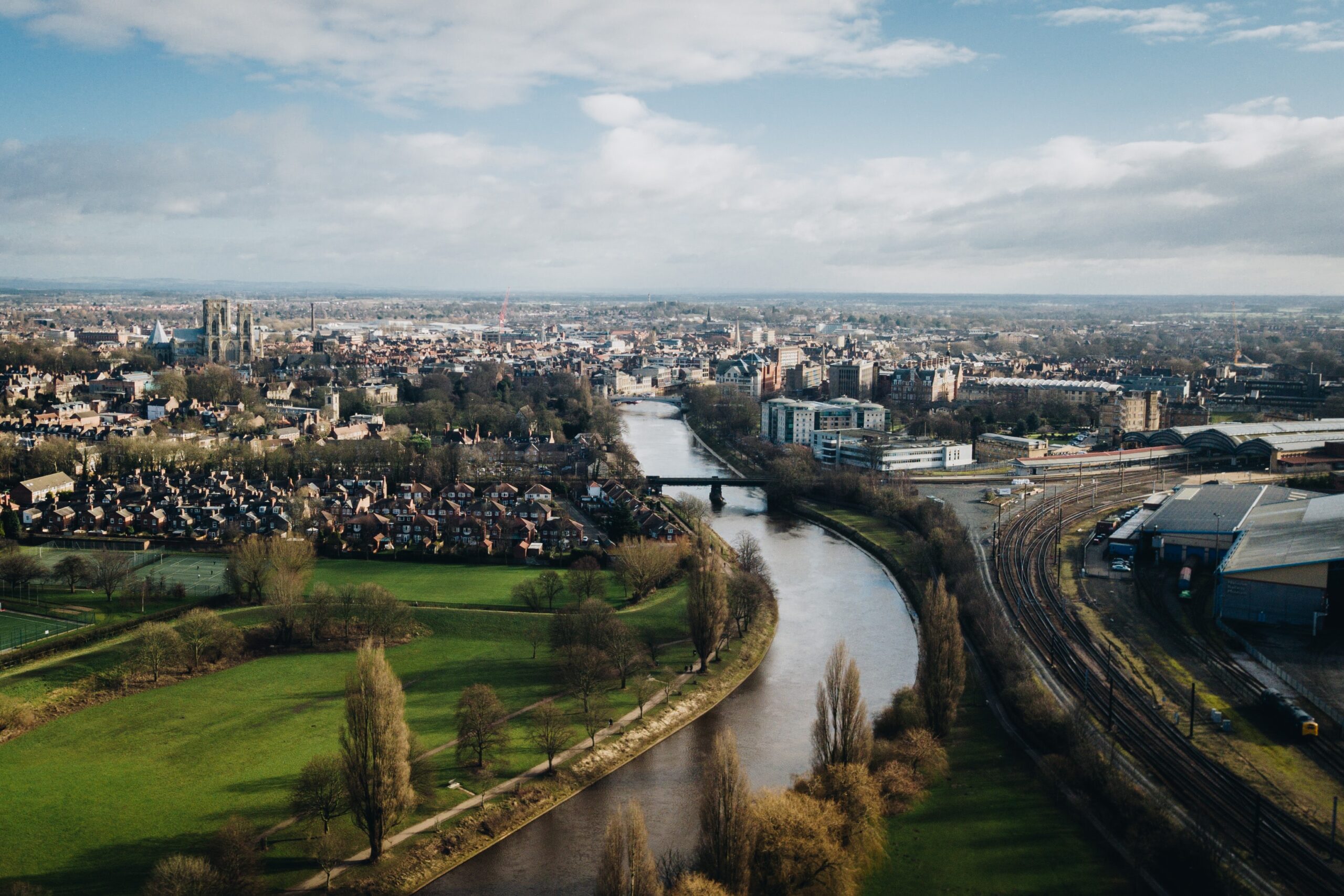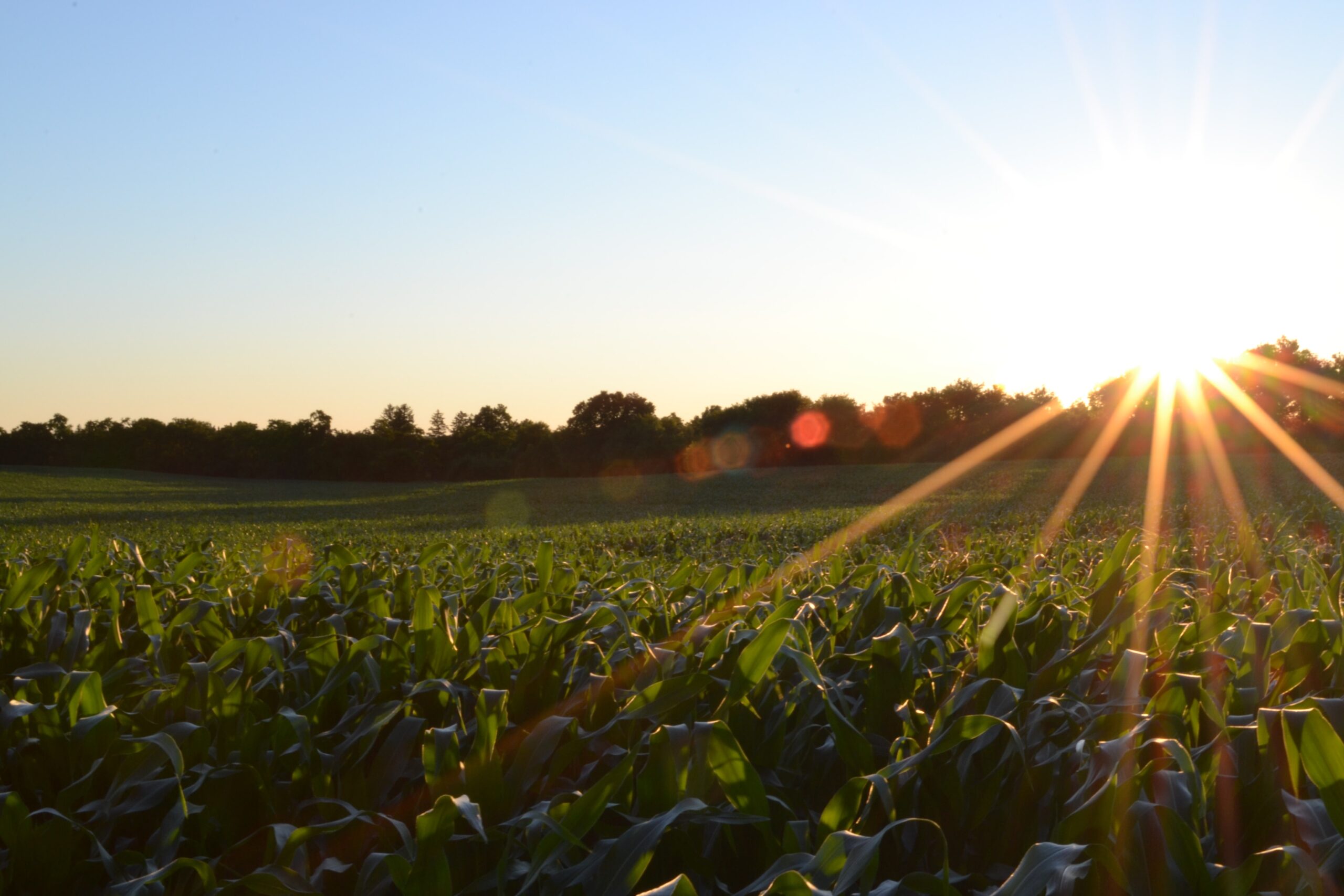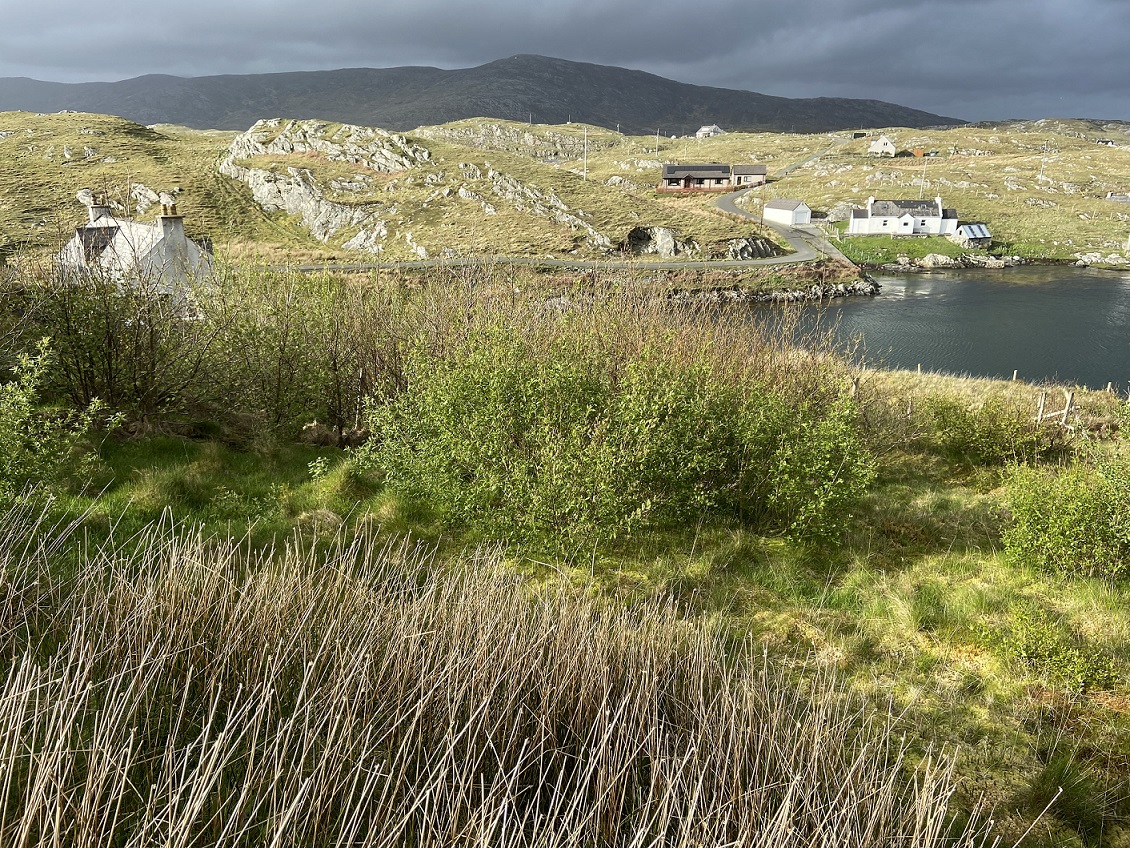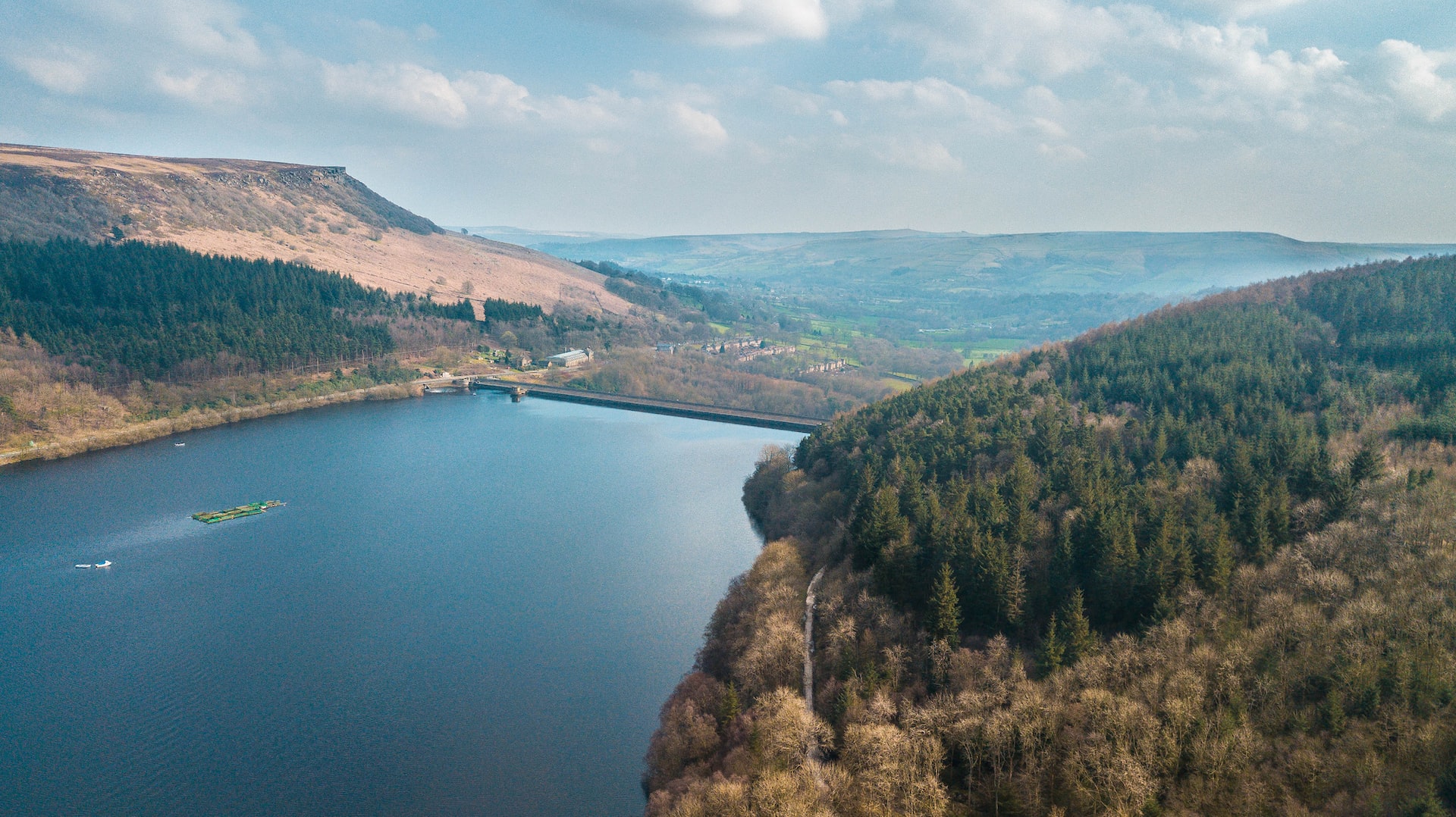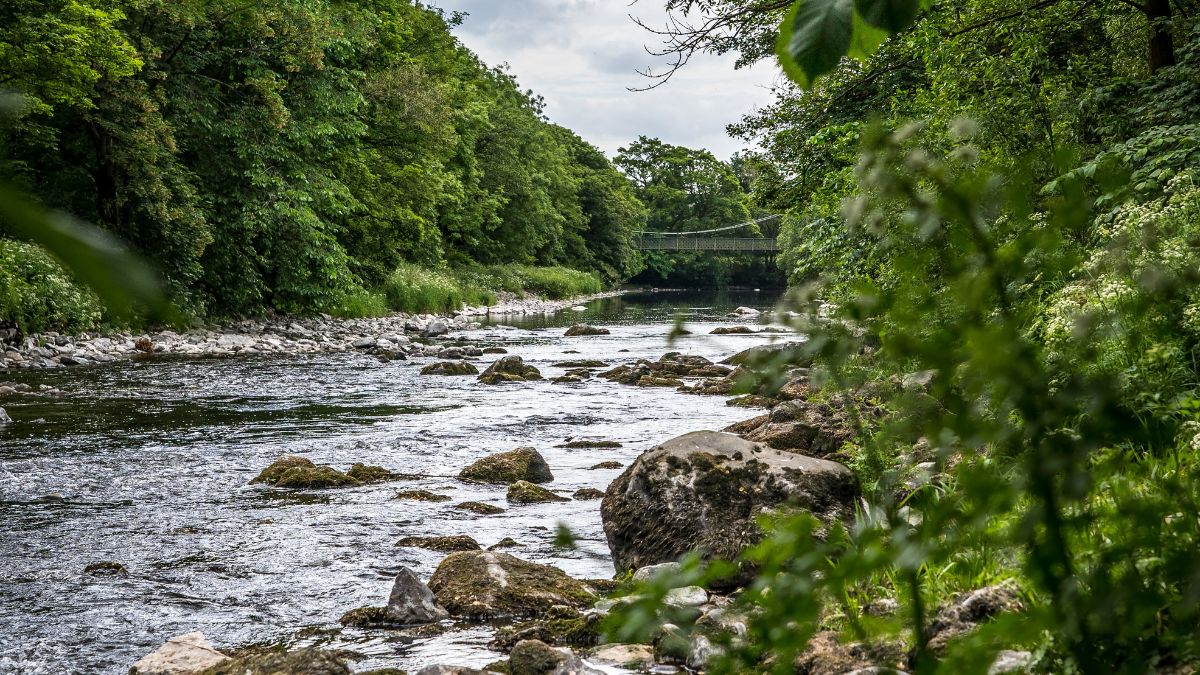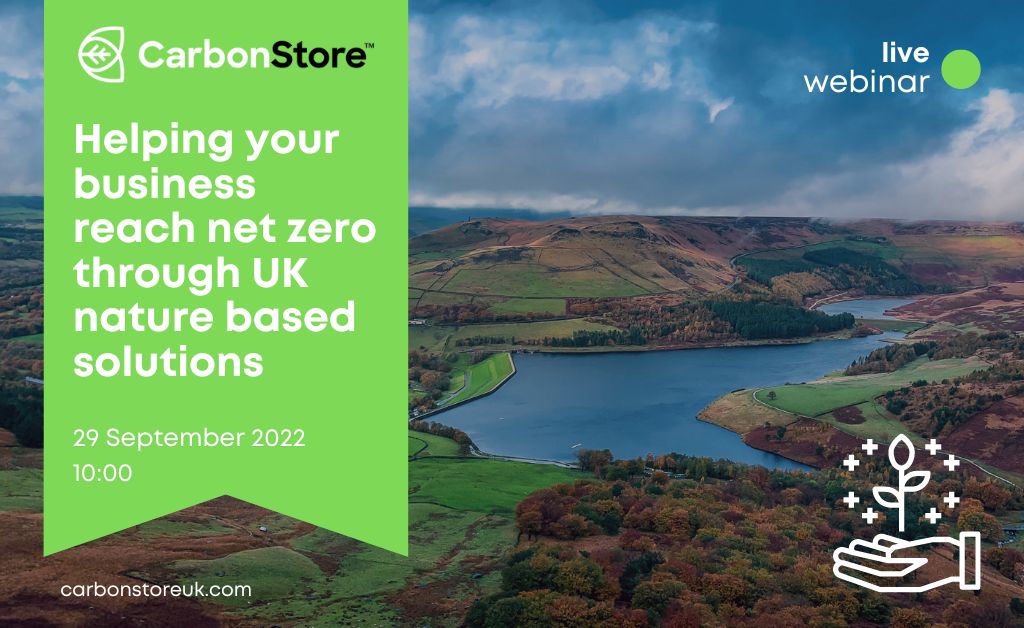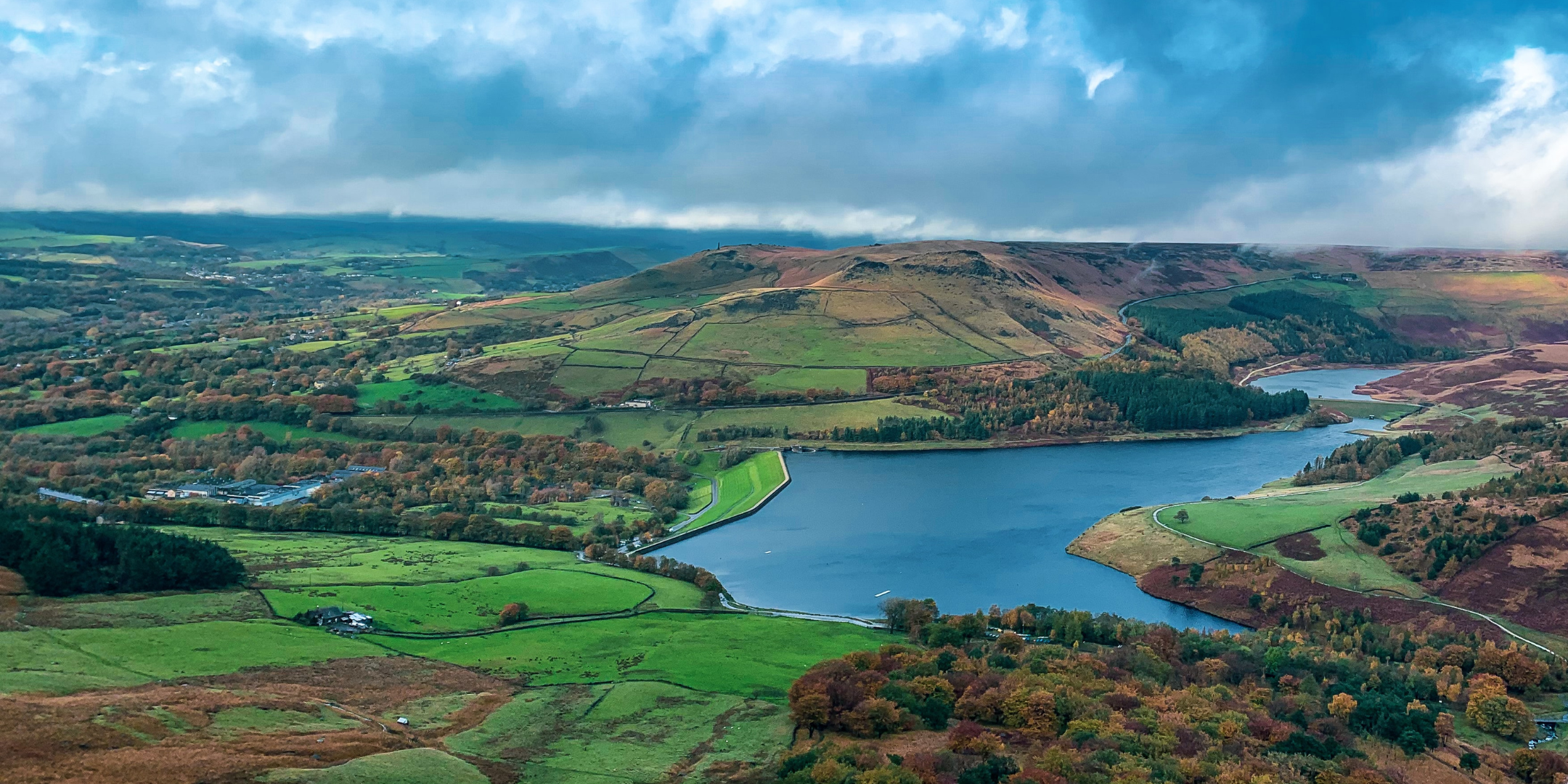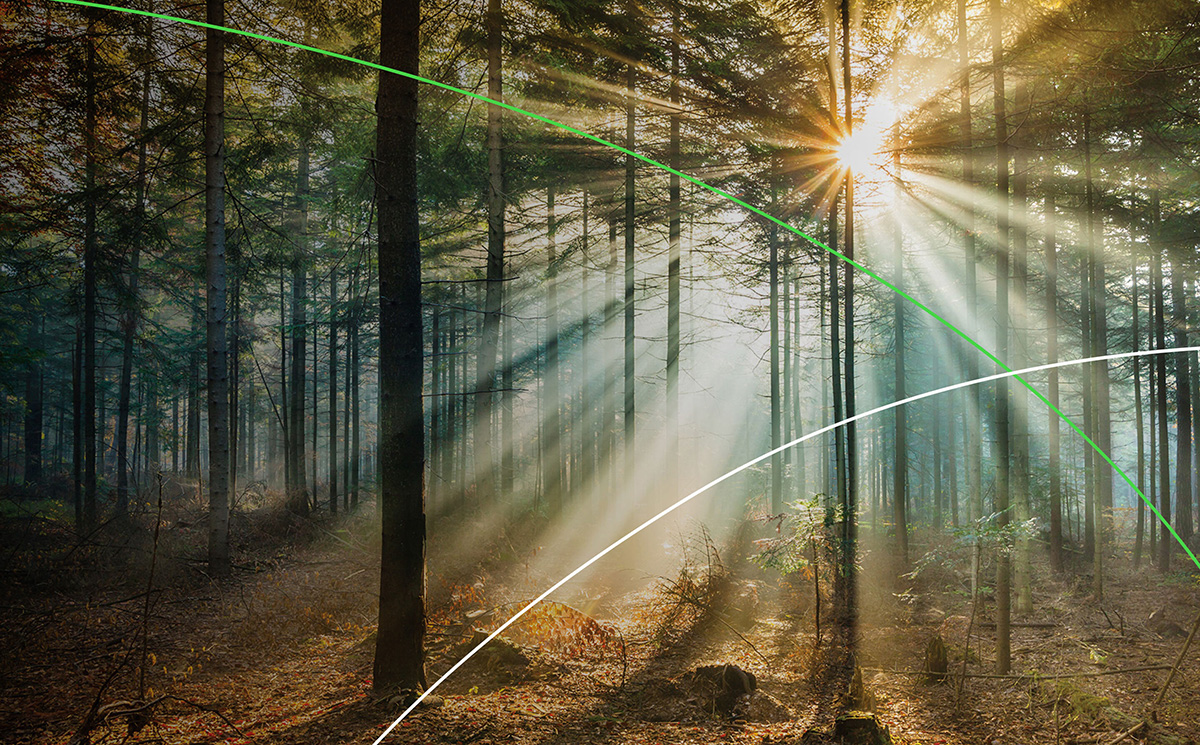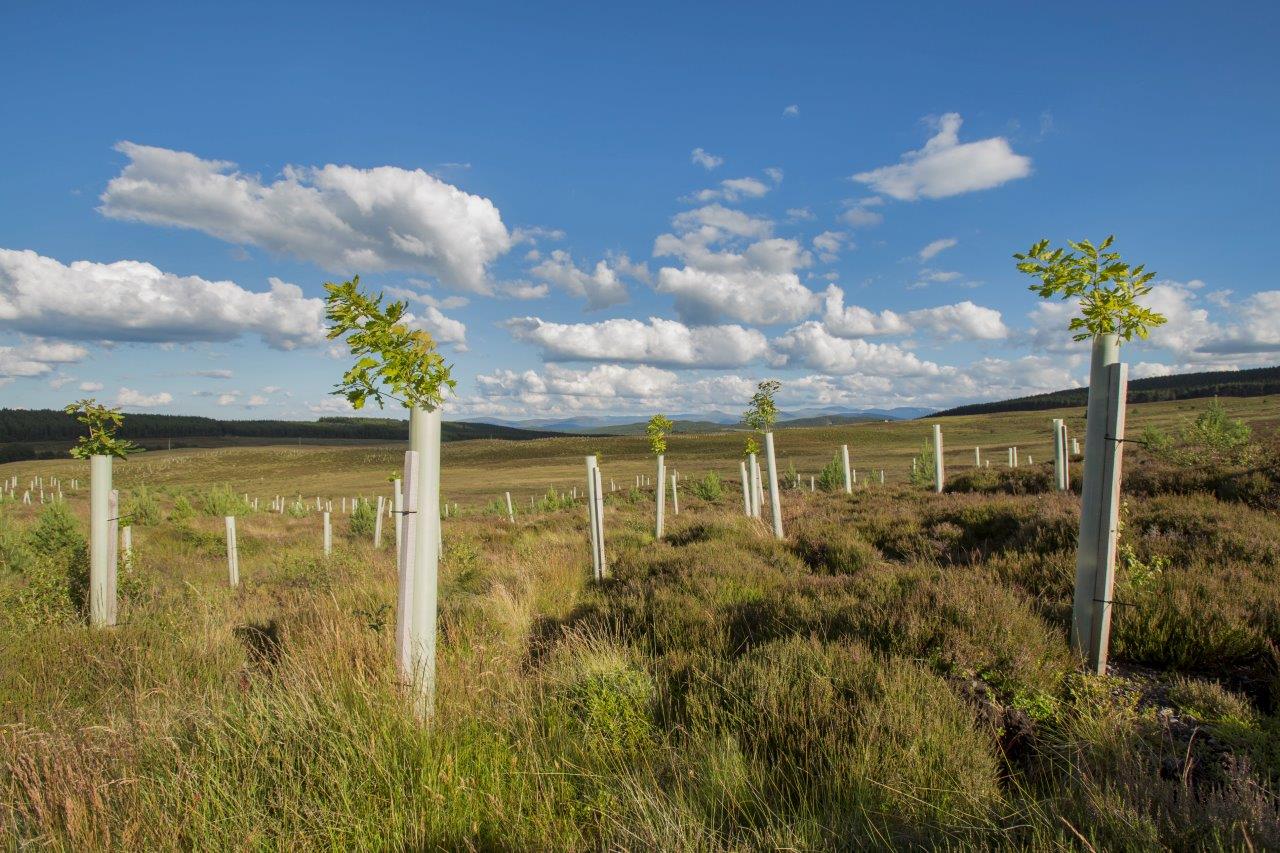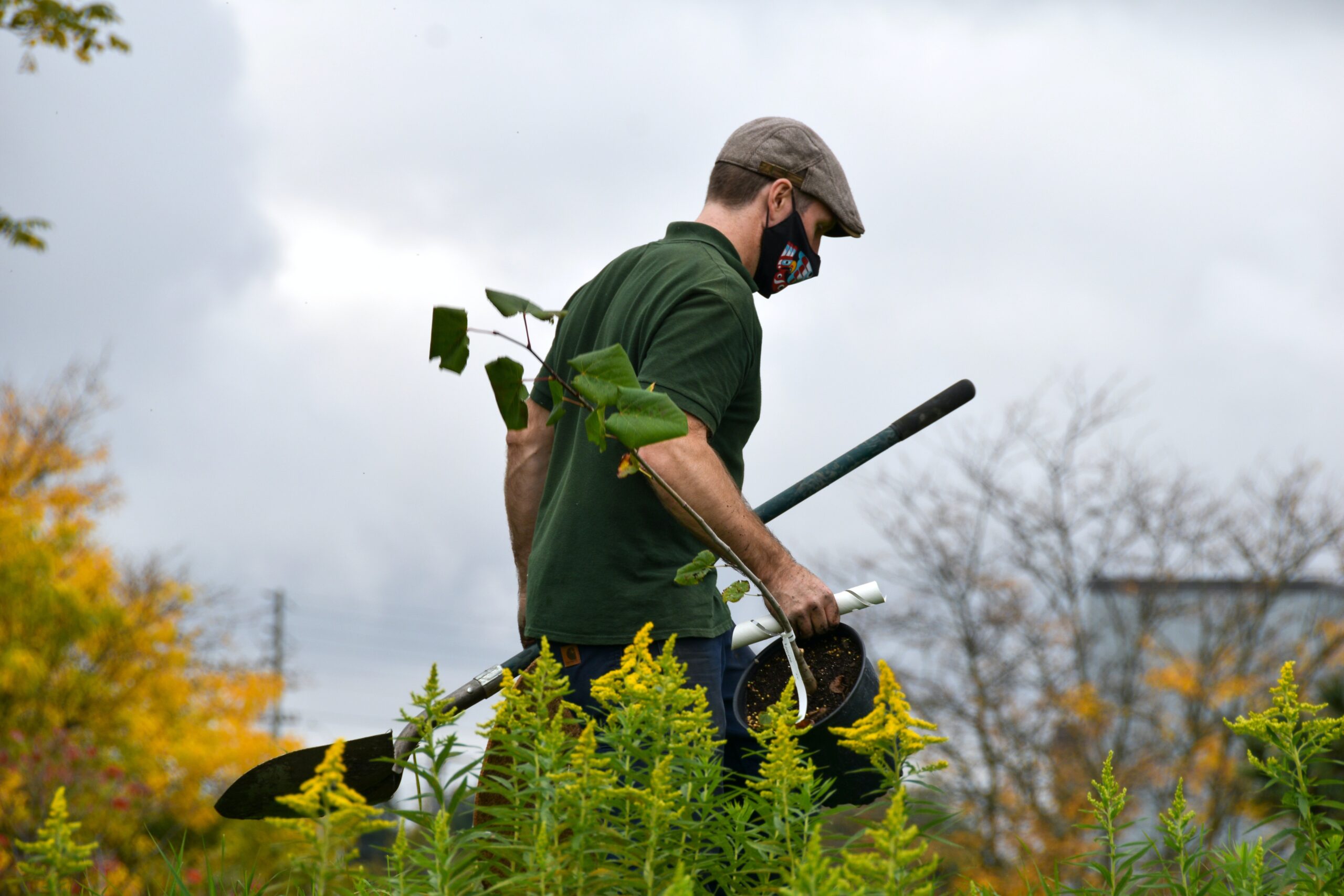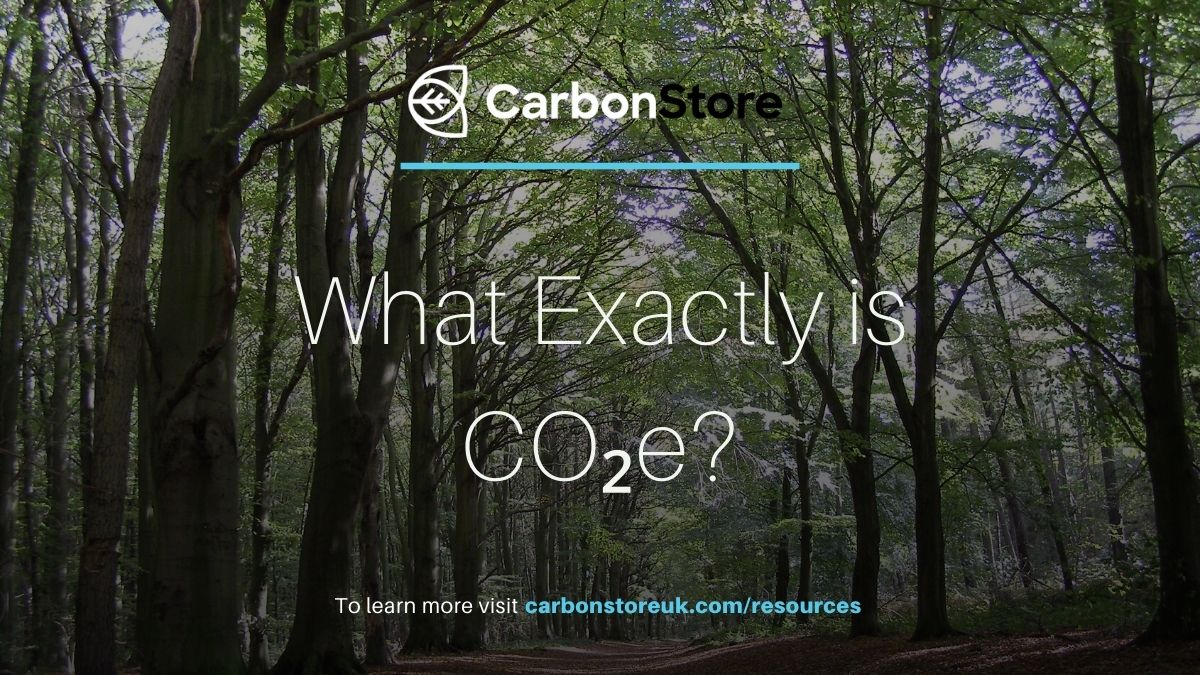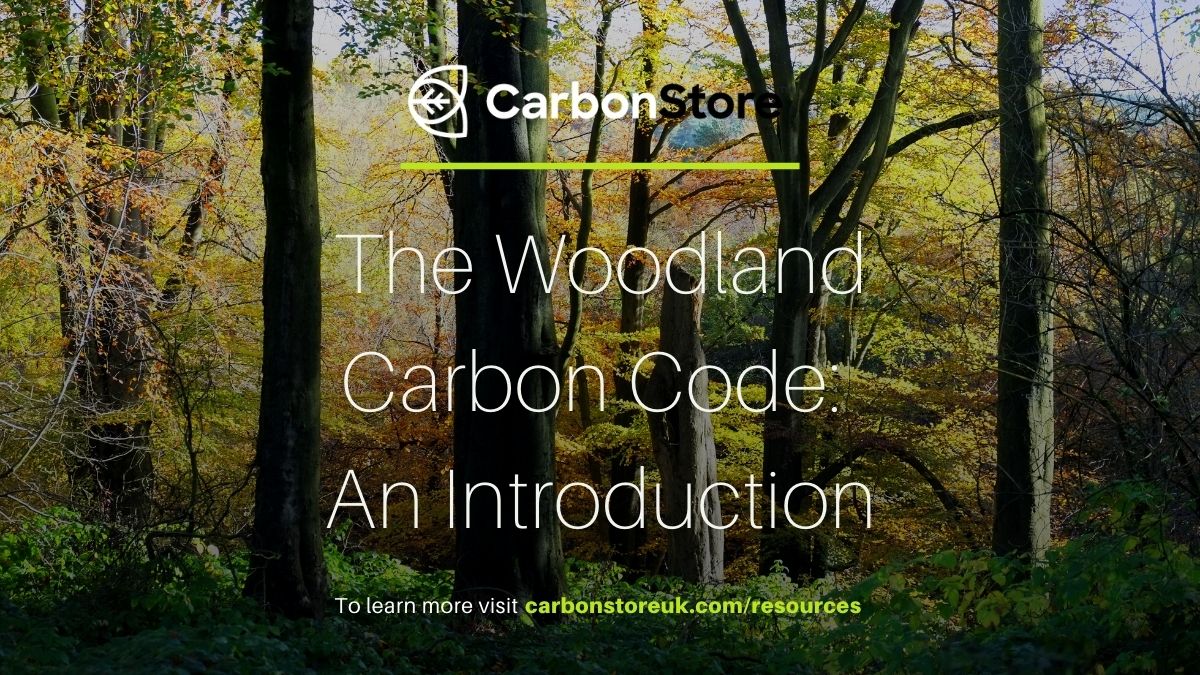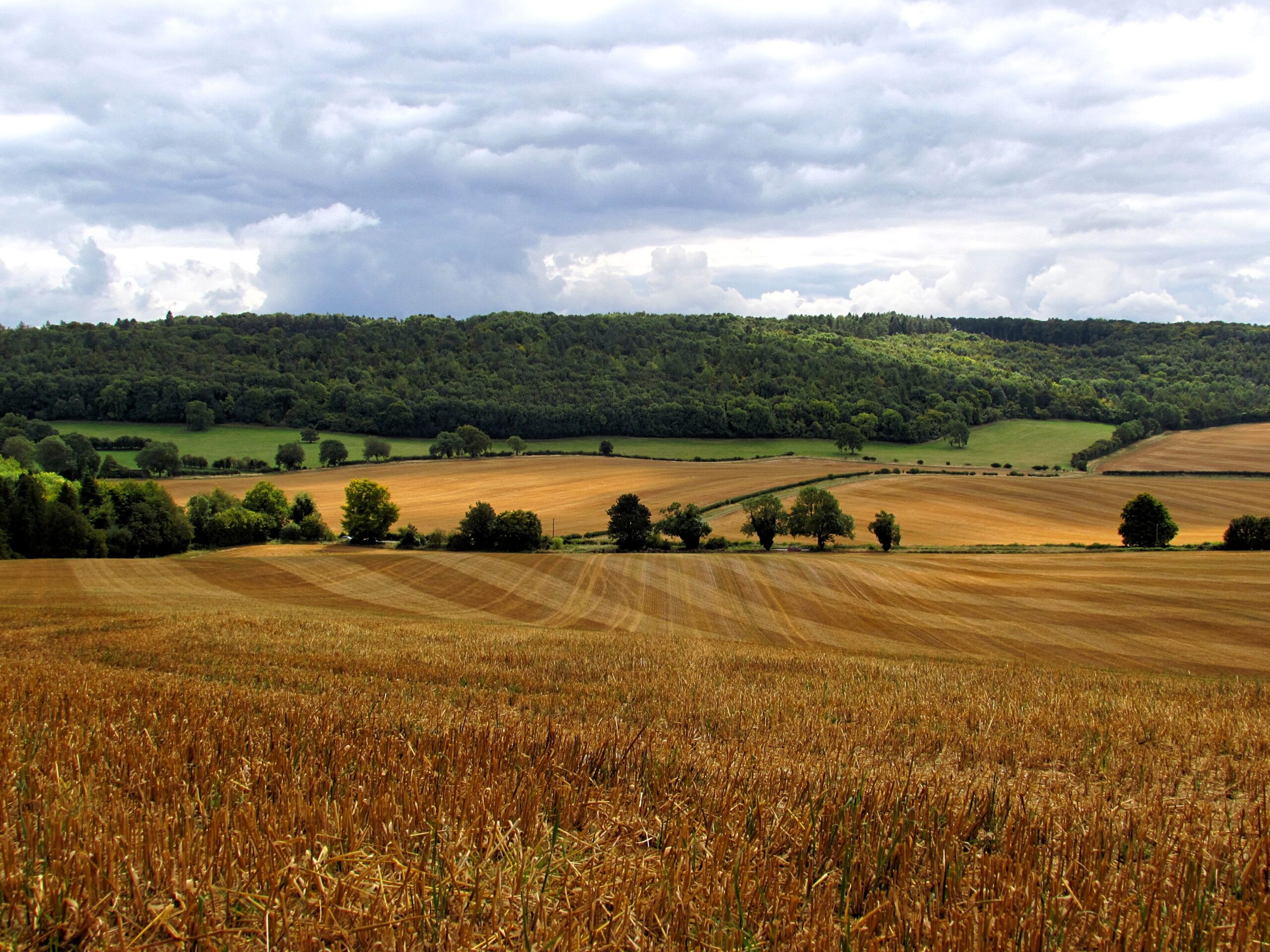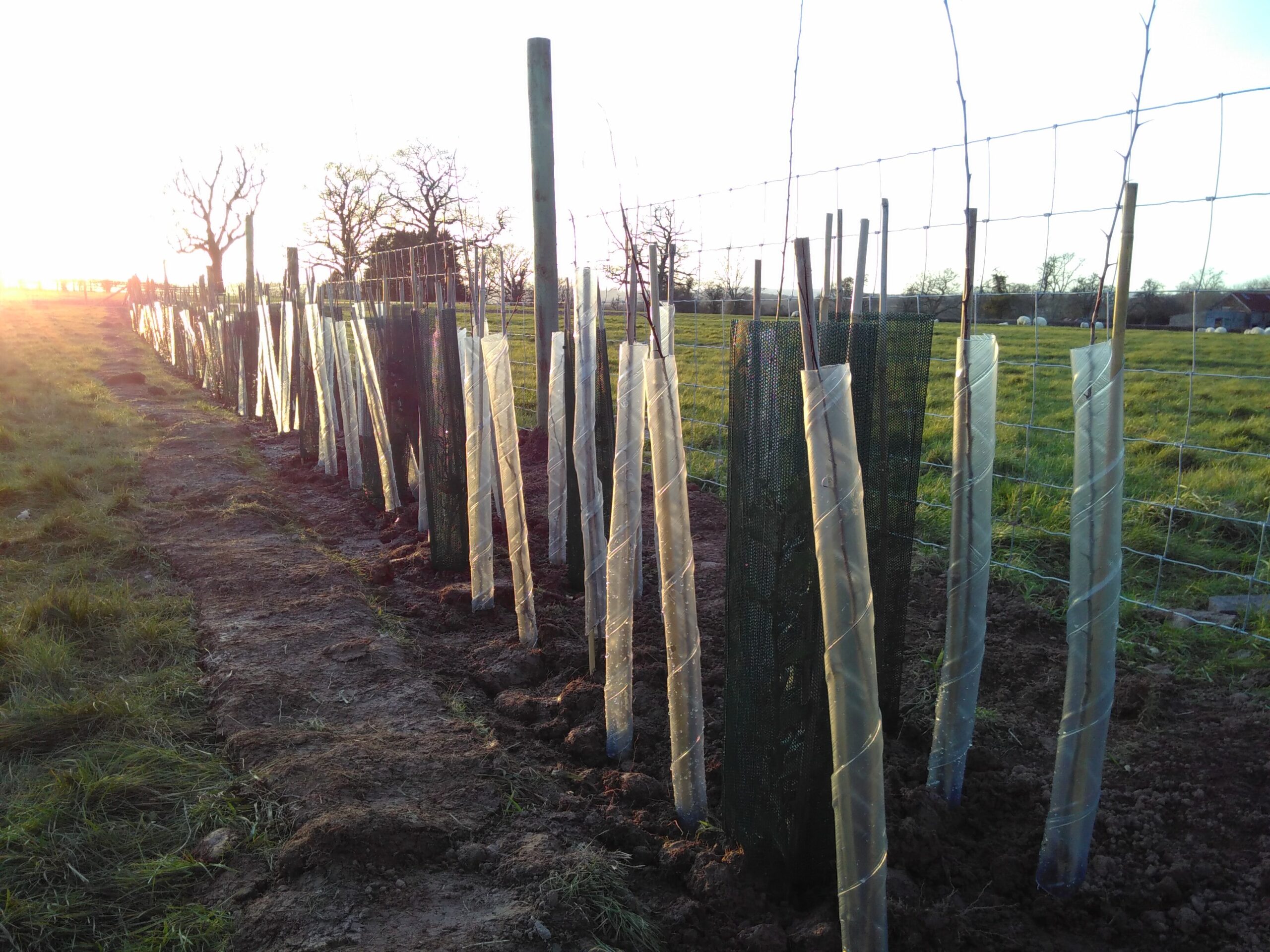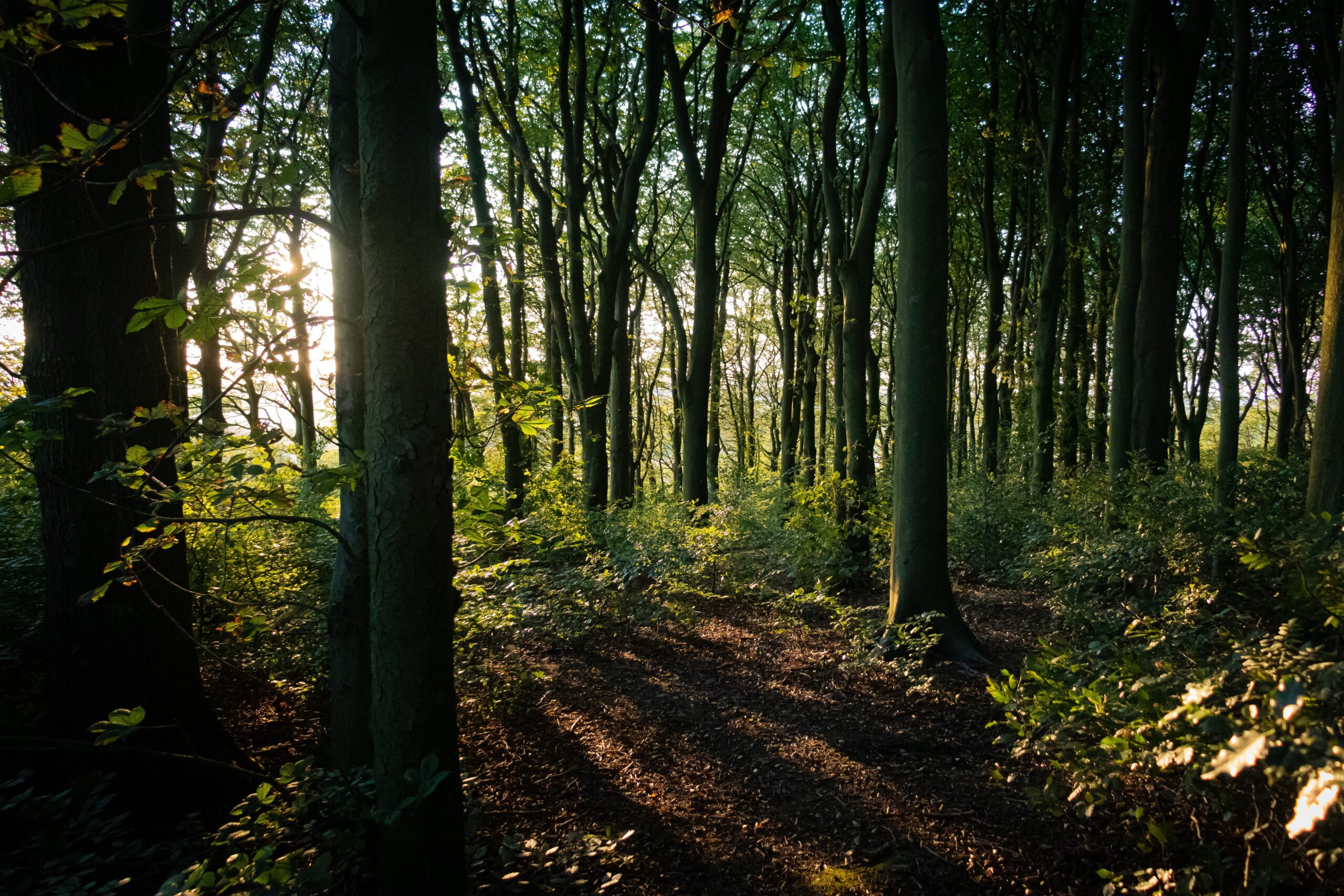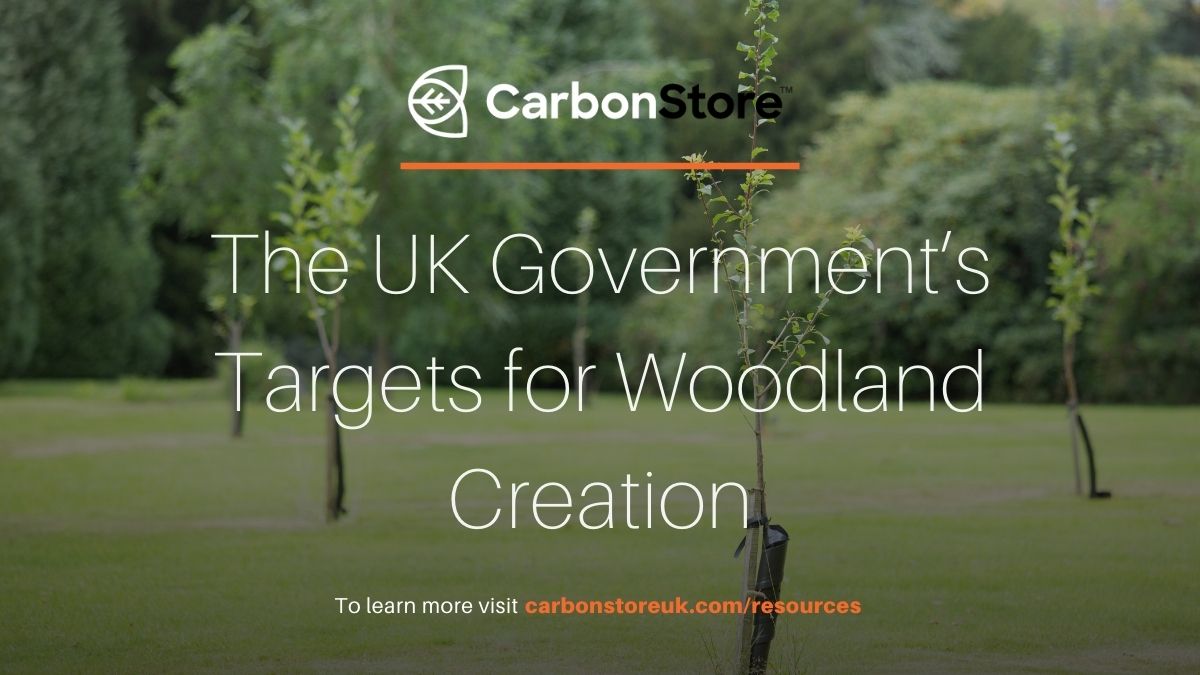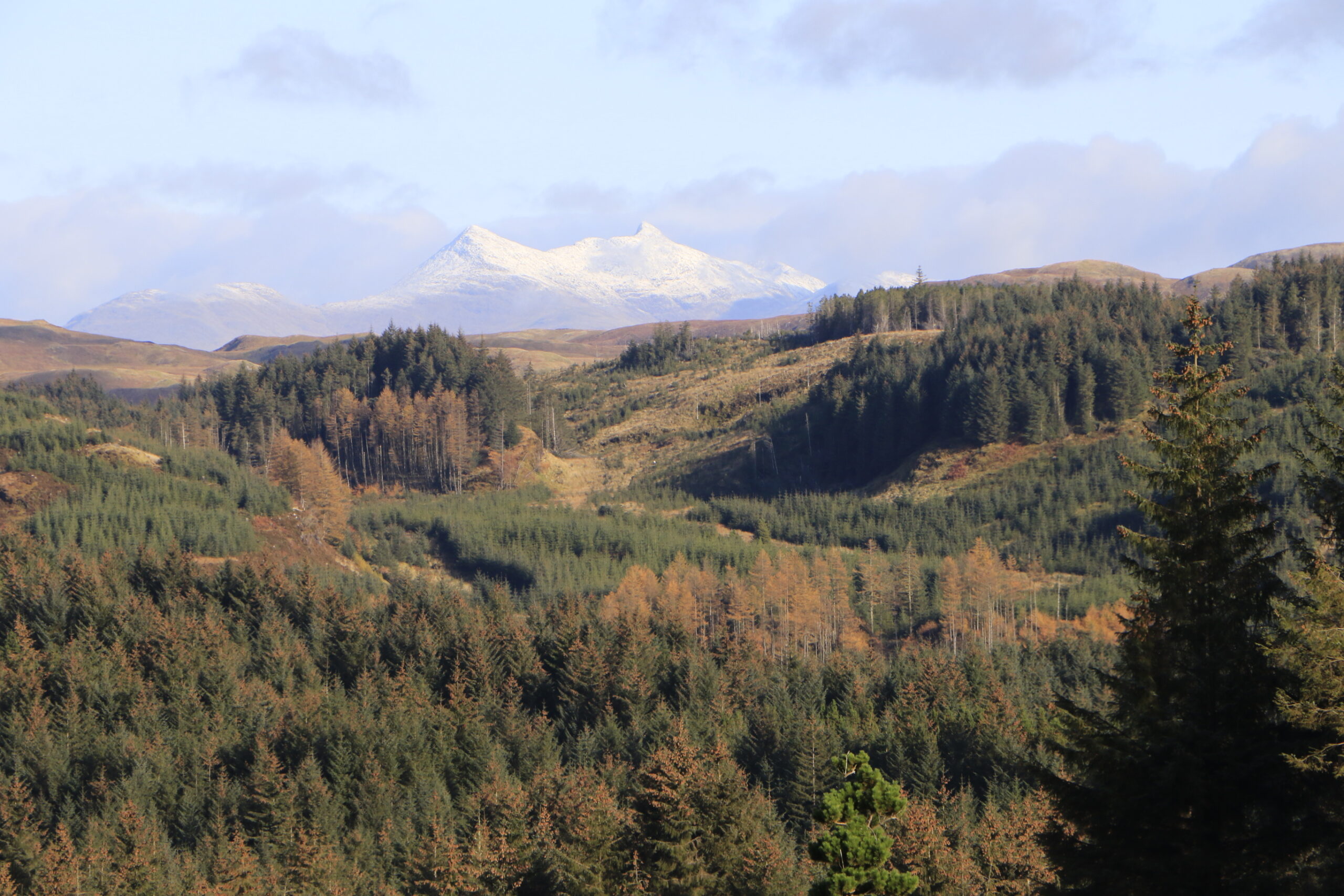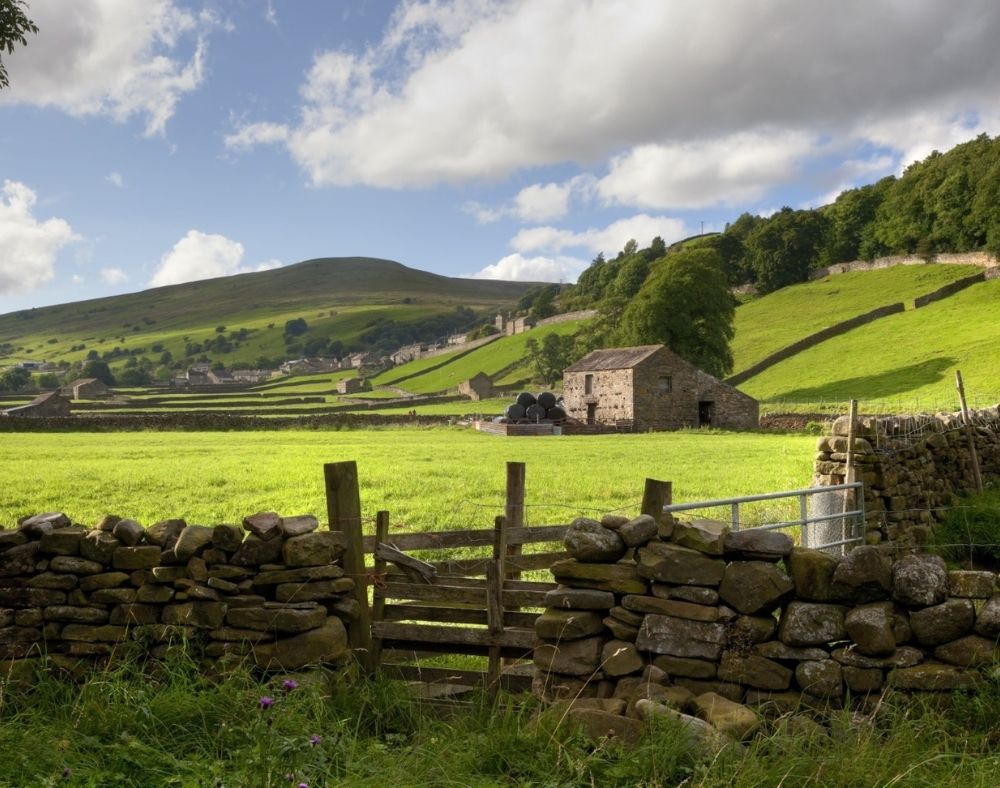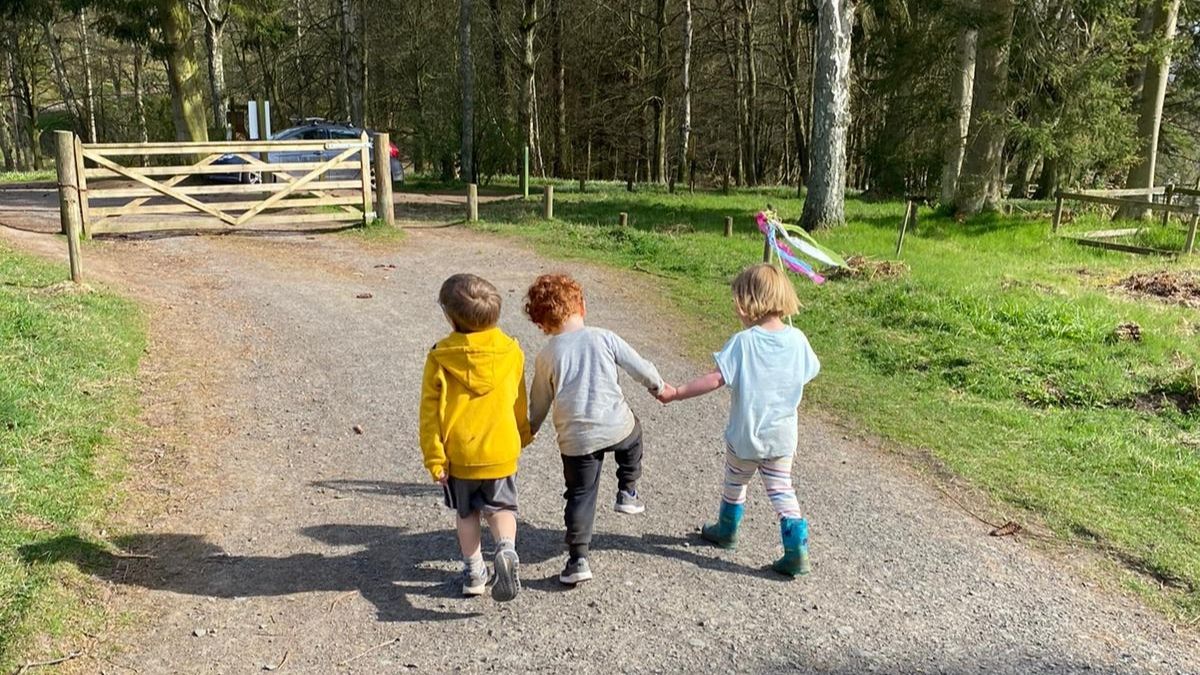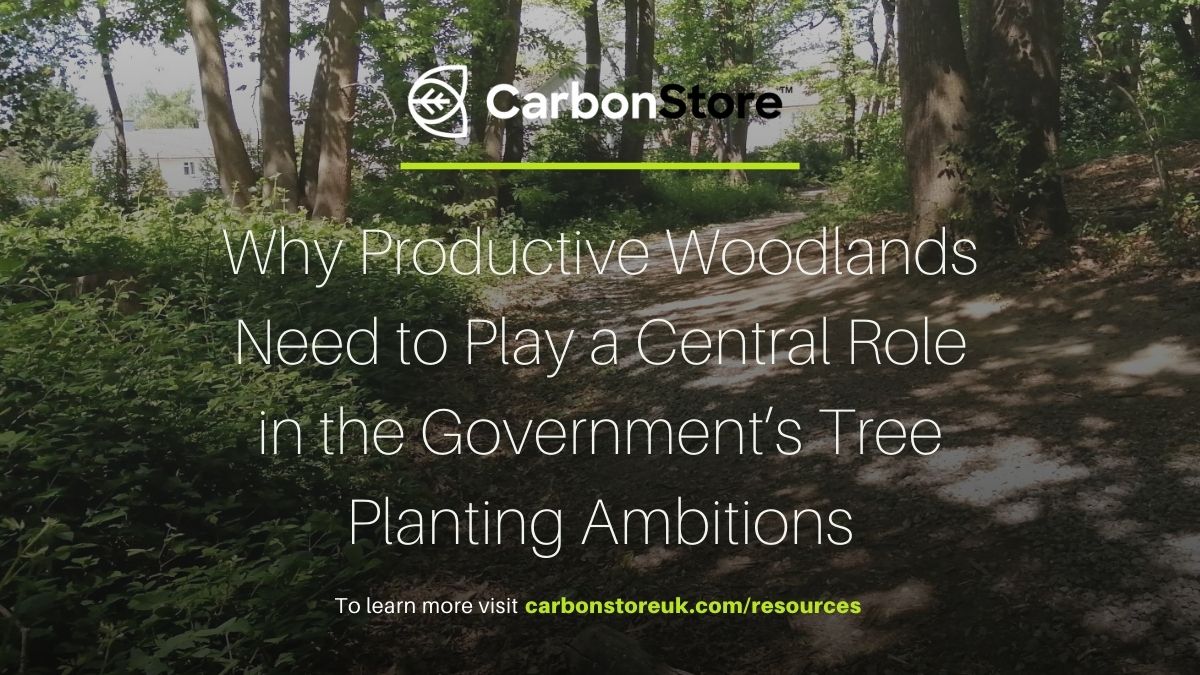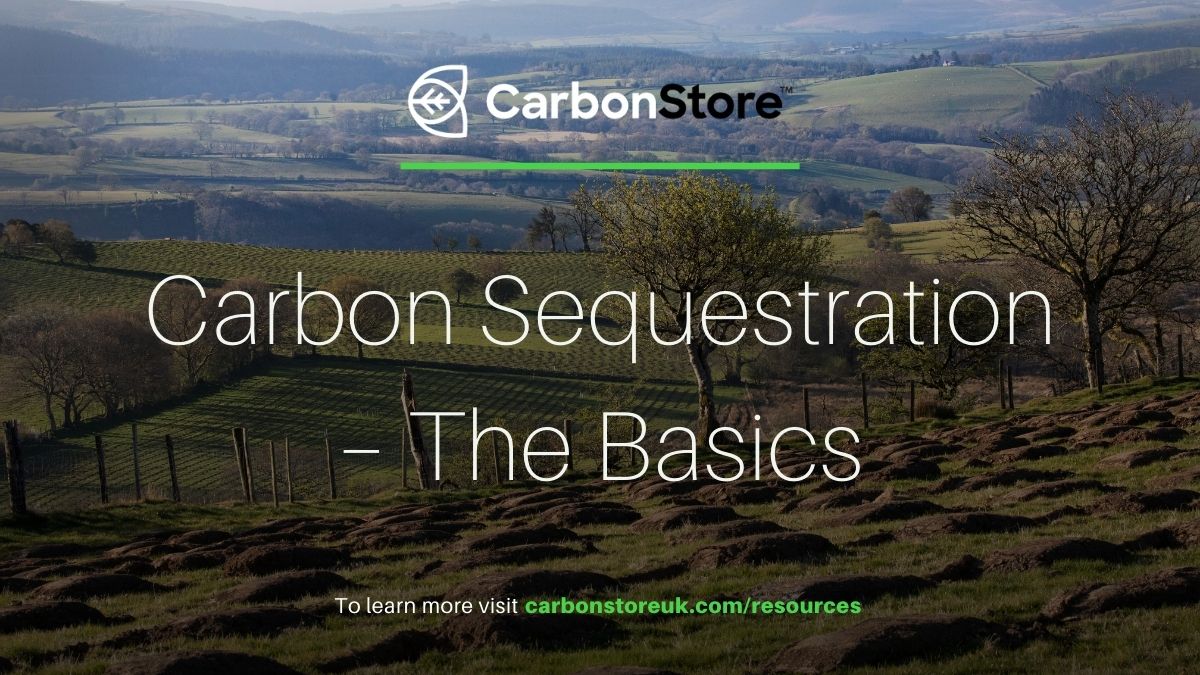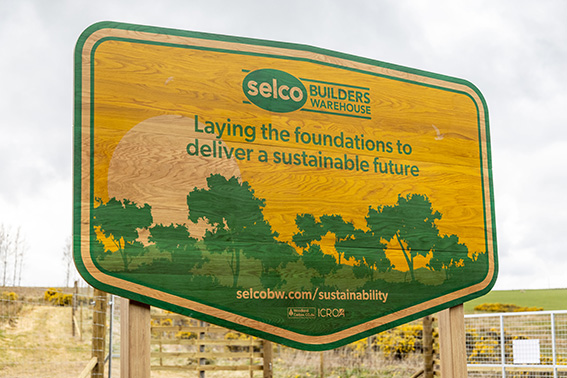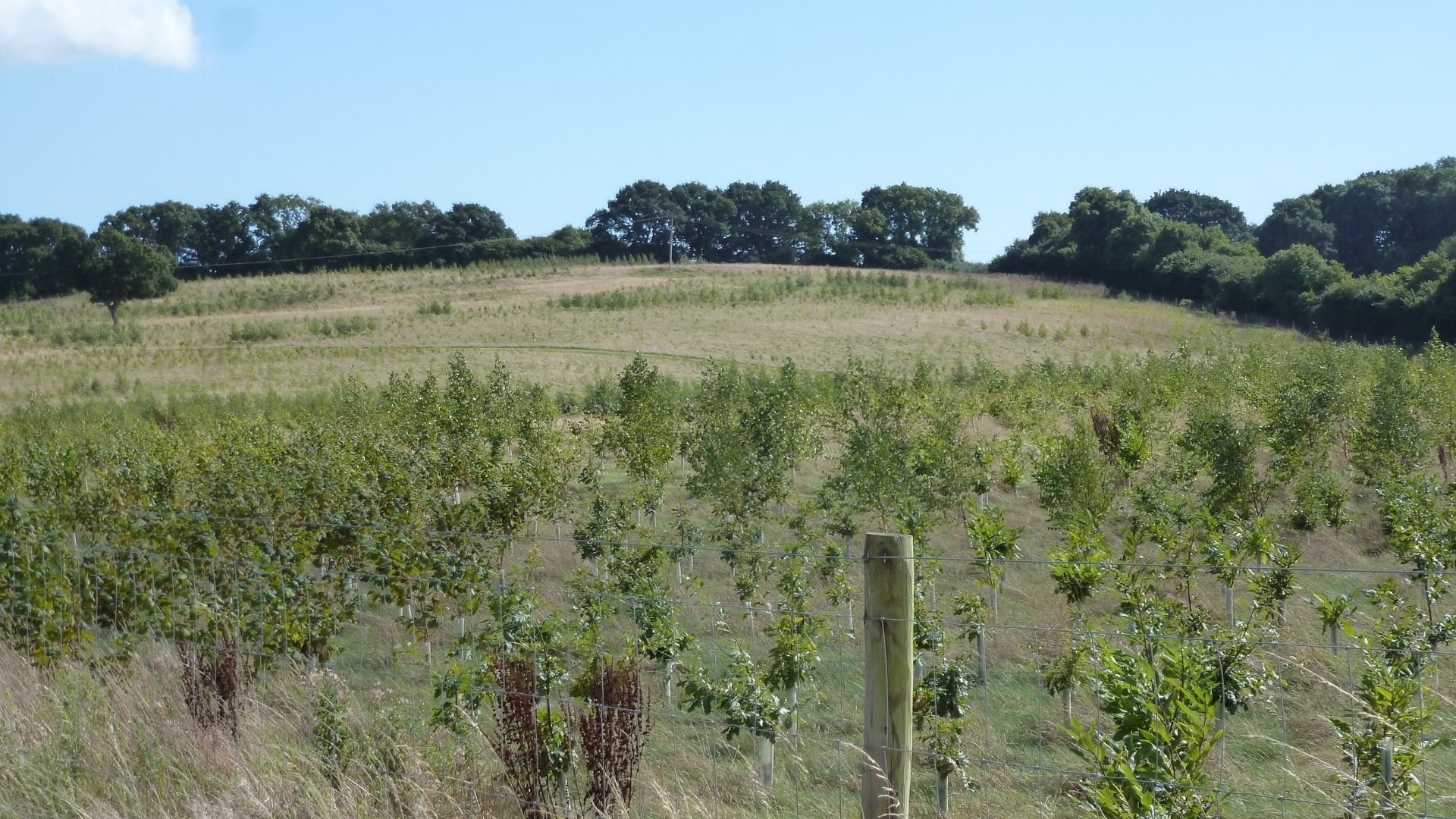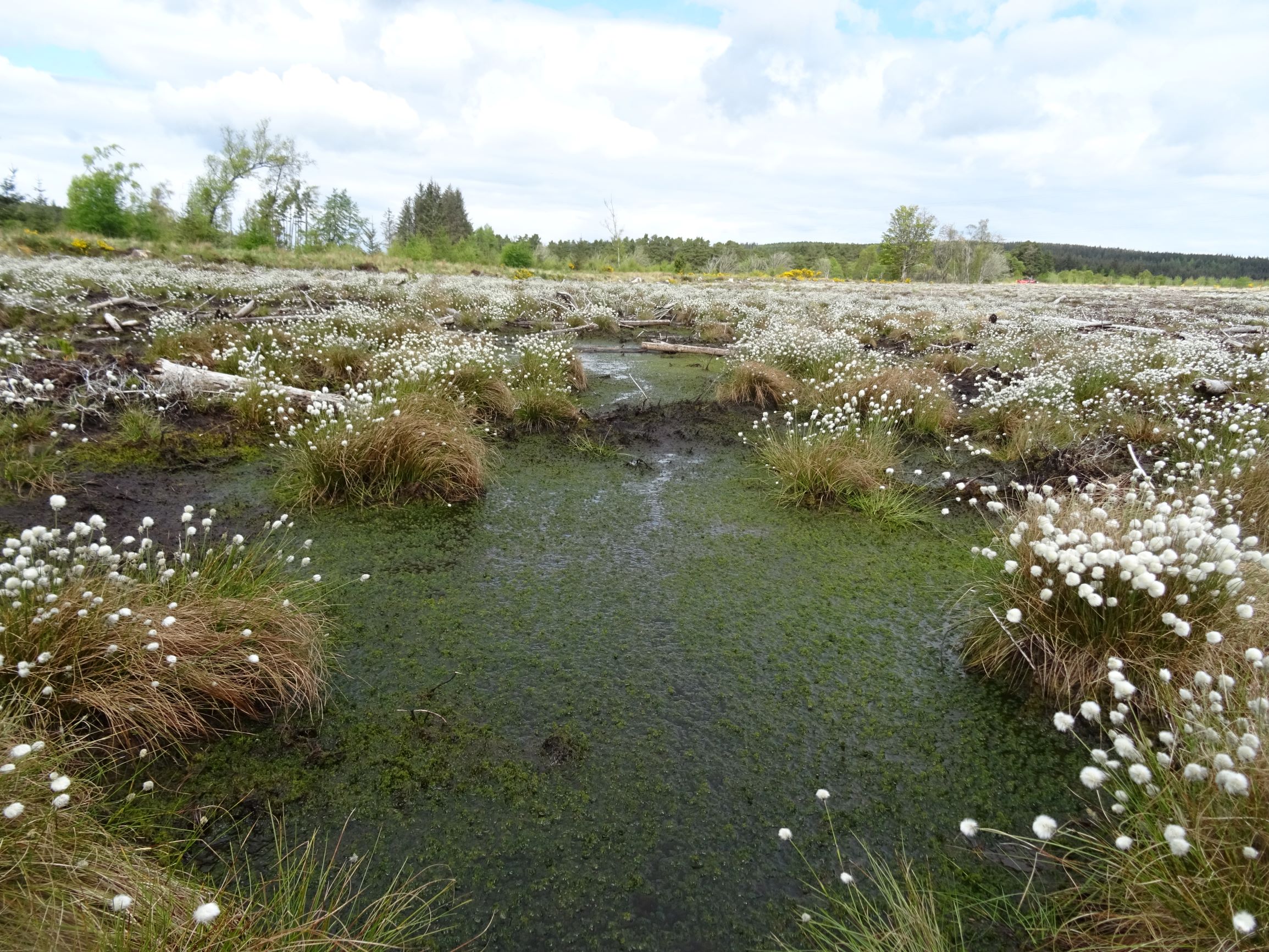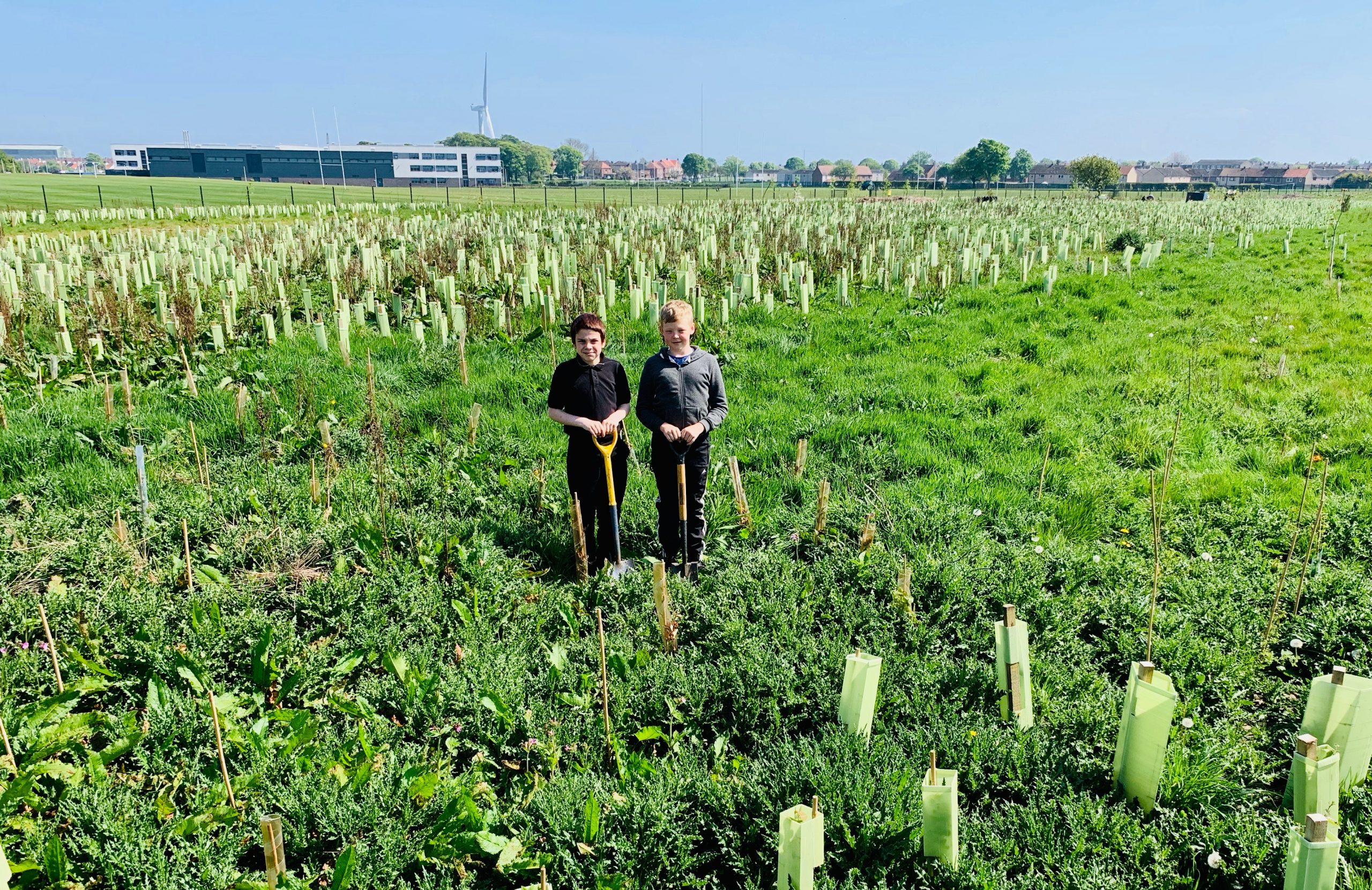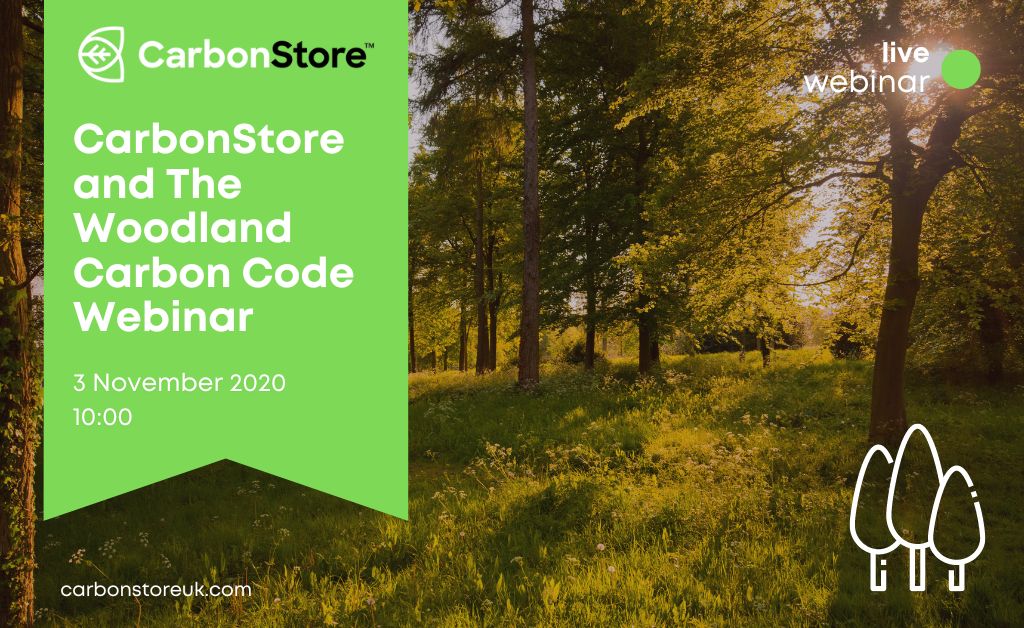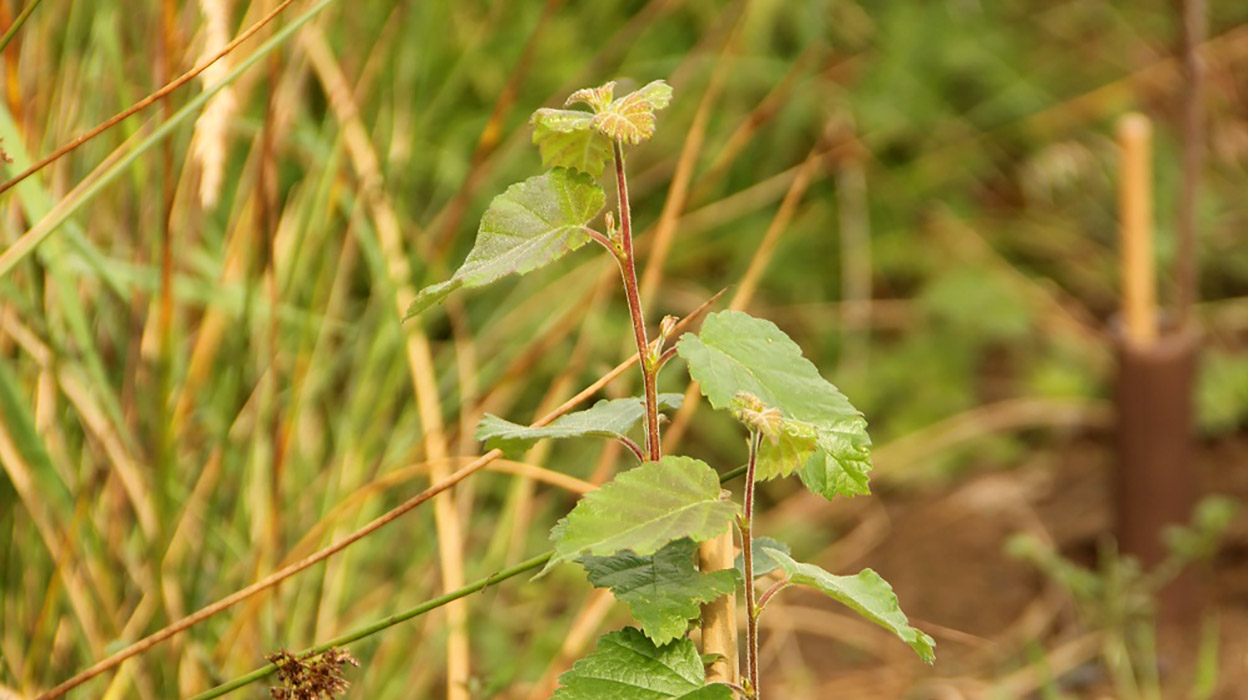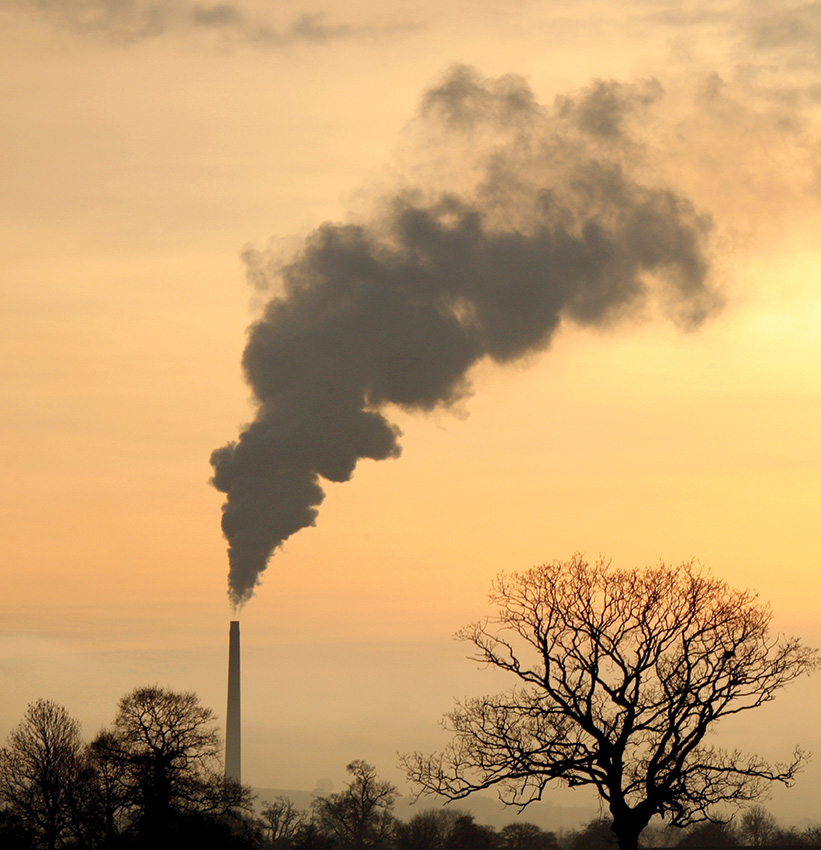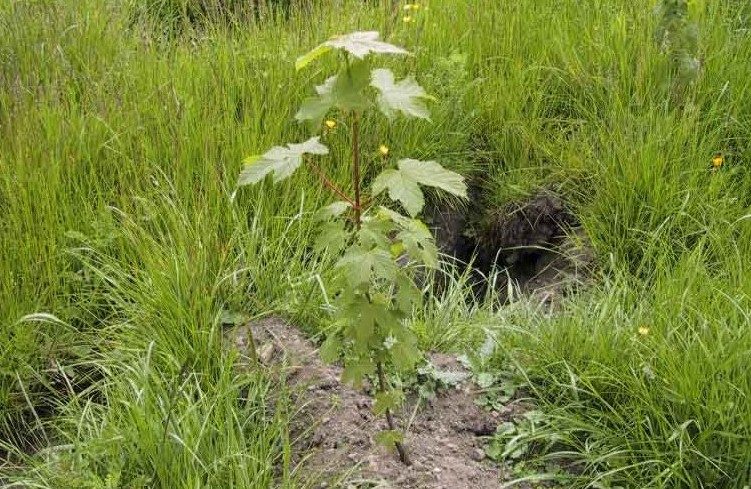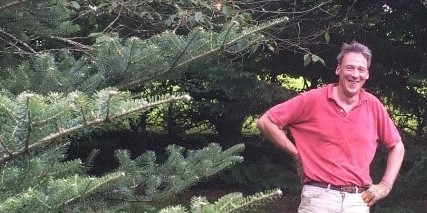Developers in England will be required to deliver 10% “Biodiversity Net Gain” from January 2024 onwards
Government has set out next steps on plans for new housing, commercial and infrastructure developments to be “nature positive” at the end of September by confirming that upcoming legislation to bring in these rules will be laid in November.
This is the first step in putting the new rules, known as “Biodiversity Net Gain” (BNG) onto a formal statutory footing.
Under the updated timetable set out today developers in England will be required to deliver 10% “Biodiversity Net Gain” from January 2024 onwards when building new housing, industrial or commercial developments meaning by law they must deliver a net positive for the local environment, for example by creating new habitats and green spaces.
Biodiversity Net Gain for small sites will still be applicable from April 2024, and implementation for Nationally Significant Infrastructure Projects remains planned for 2025.
Benefiting the UK
Biodiversity Net Gain was introduced through the world leading Environment Act and will be fundamental in helping the country meet our target to halt the decline in species abundance by 2030, while helping create more beautiful communities and deliver new homes.
To support the implementation of Biodiversity Net Gain, the government has already committed over £15 million to assist Local Planning Authorities to prepare. Many housing developers are also already successfully creating Biodiversity Net Gain through their developments.
By the end of November, the government will publish all guidance and the regulations including:
- the statutory biodiversity metric, critical for calculating the correct biodiversity gain
- the draft biodiversity gain plan template, which will help developers prepare for what they will need to complete during the planning application stages
- the Habitat Management and Monitoring Plan template, which will set out how the improved significant on-site and off-site habitats will be managed for the long term
- a package of Biodiversity Net Gain guidance that sets out further advice for landowners, developers, and Local Planning Authorities around their role and responsibilities in delivering mandatory Biodiversity Net Gain
These materials will ensure that developers and planning authorities have access to the necessary tools and information to effectively implement Biodiversity Net Gain in January 2024, ensuring they deliver the homes that the country needs while benefiting nature and local environments.
Trudy Harrison, Biodiversity Minister said:
“Biodiversity Net Gain will ensure new developments work for both wildlife and people. We will create nature-rich places whilst ensuring communities get the new homes and infrastructure they need.”
“The updated timetable and guidance we are setting out today will help smooth the transition ahead of Biodiversity Net Gain going fully live in January 2024.“
Developers and planning authorities should use the additional time to familiarise themselves with the guidance and prepare for the integration of Biodiversity Net Gain into the planning system.
How can CarbonStore help you?
In partnership with Tilhill, CarbonStore can help you deliver new woodland creation and woodland-based carbon mitigation projects in the UK that not only achieves the highest possible standards in carbon offsetting but also offers many widespread benefits which we can all enjoy. CarbonStore also offers consultancy services and advice on Biodiversity Net Gain.
Please contact David McCulloch, the head of CarbonStore, personally either by email (david.mcculloch@carbonstoreuk.com) or by phone (07500 950832).
More news
Share






